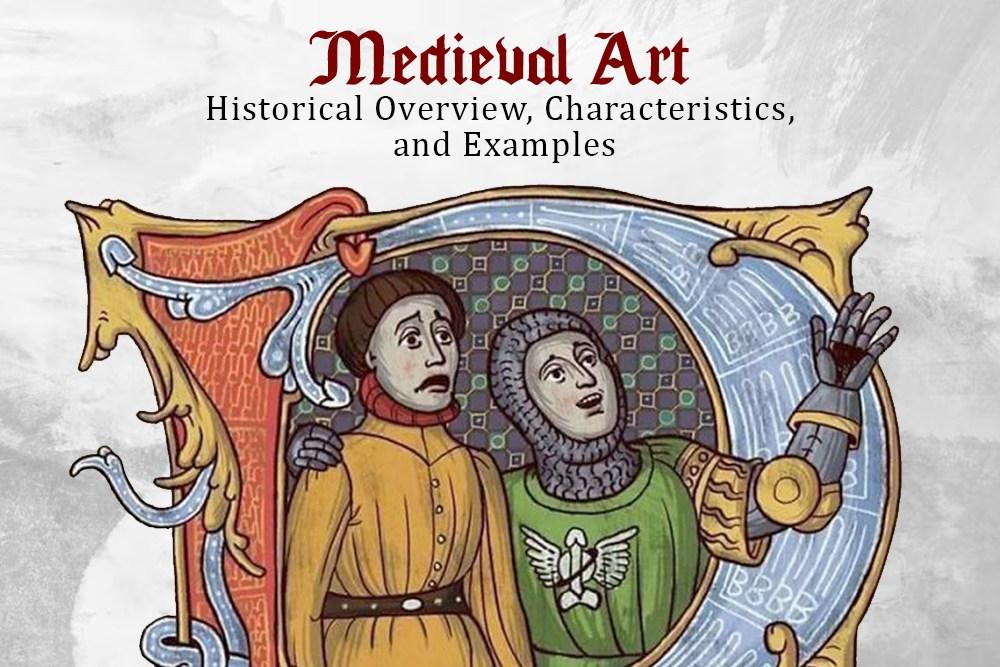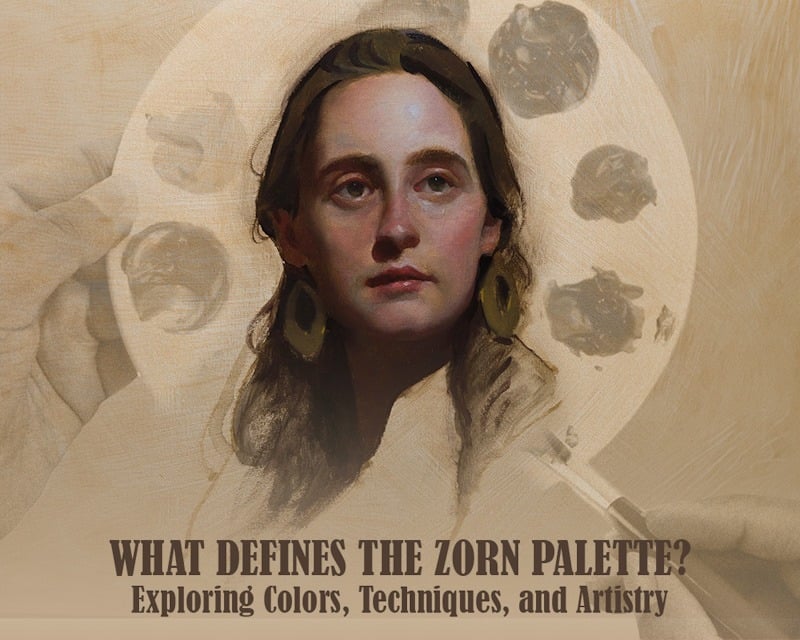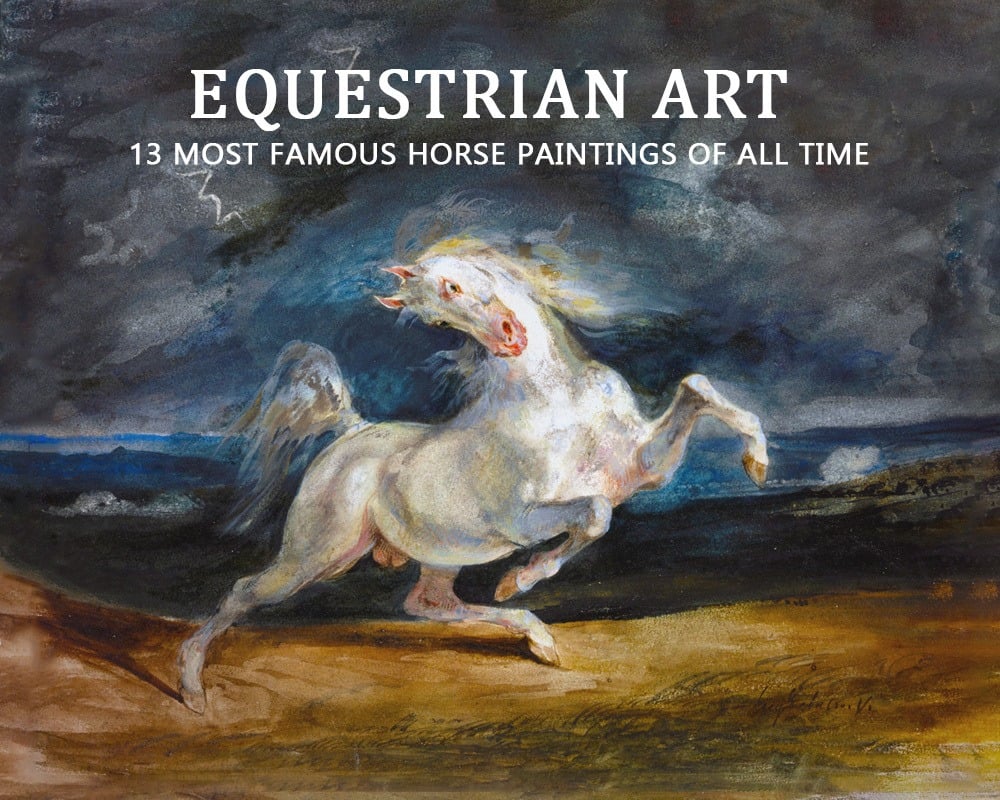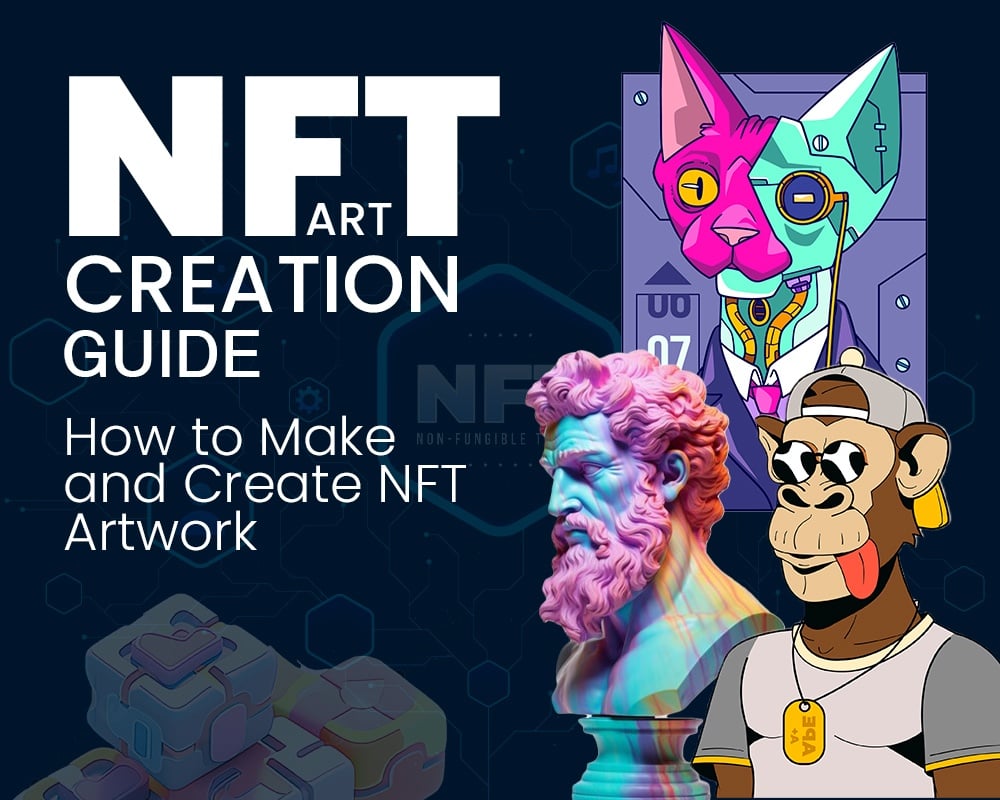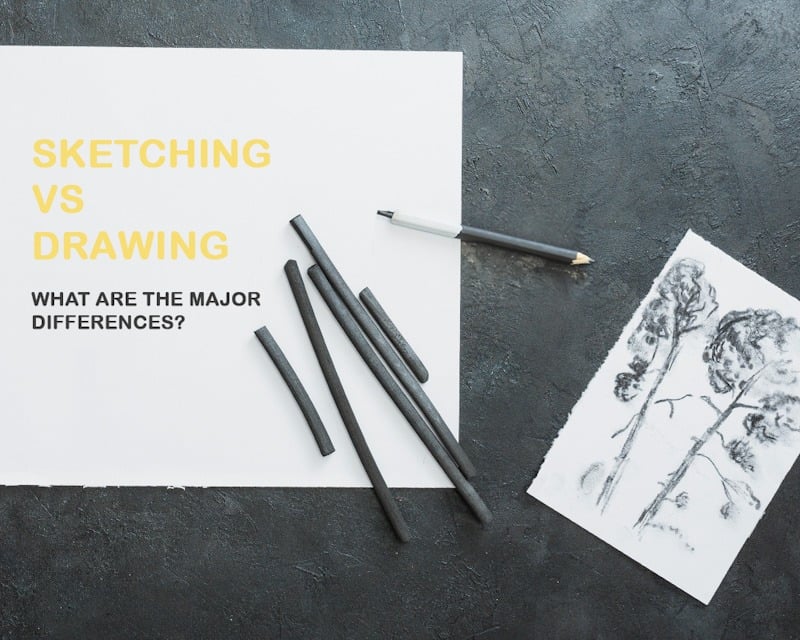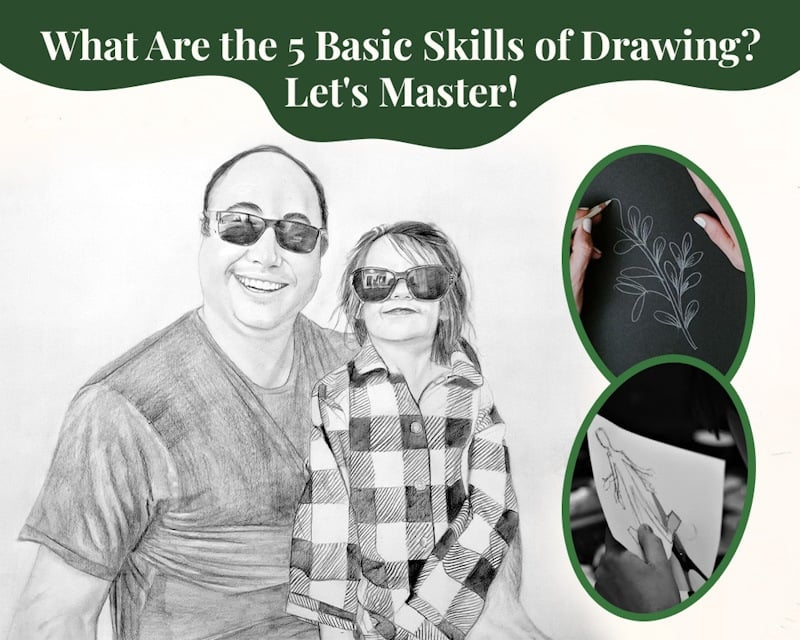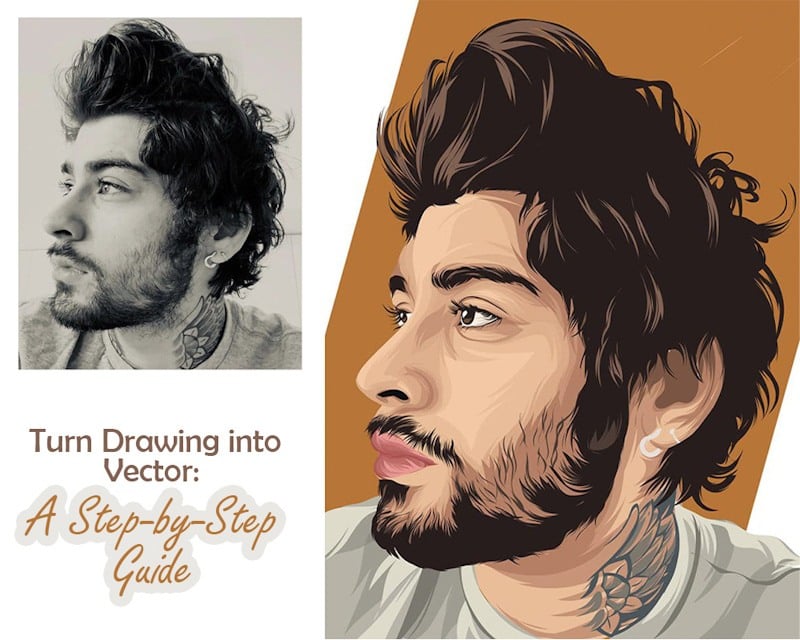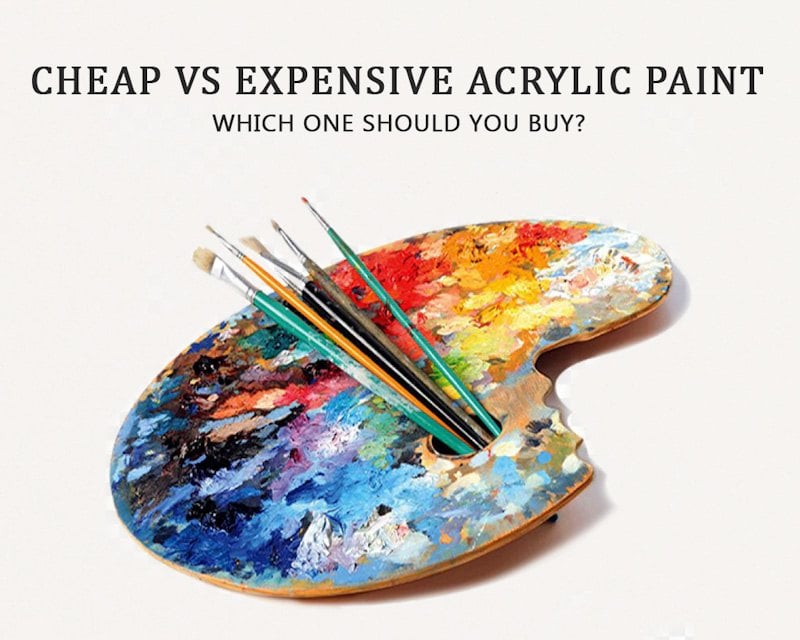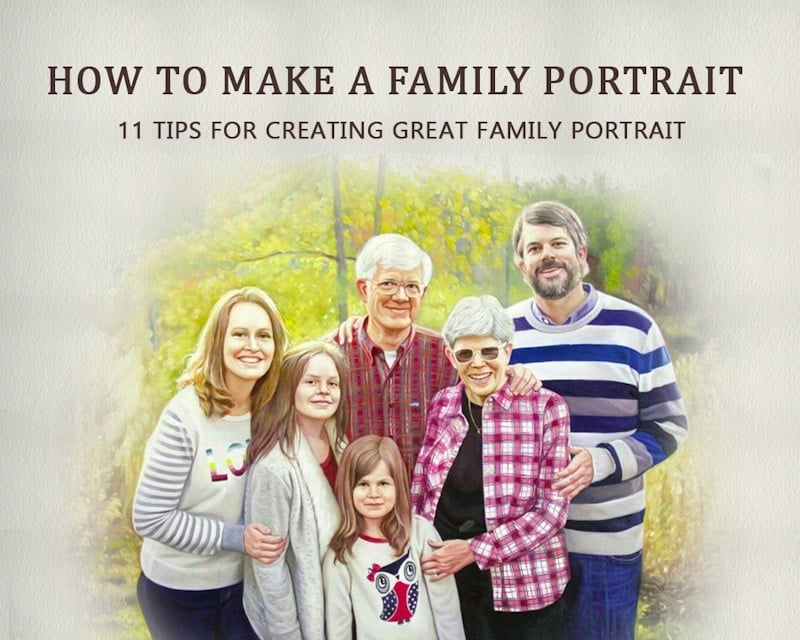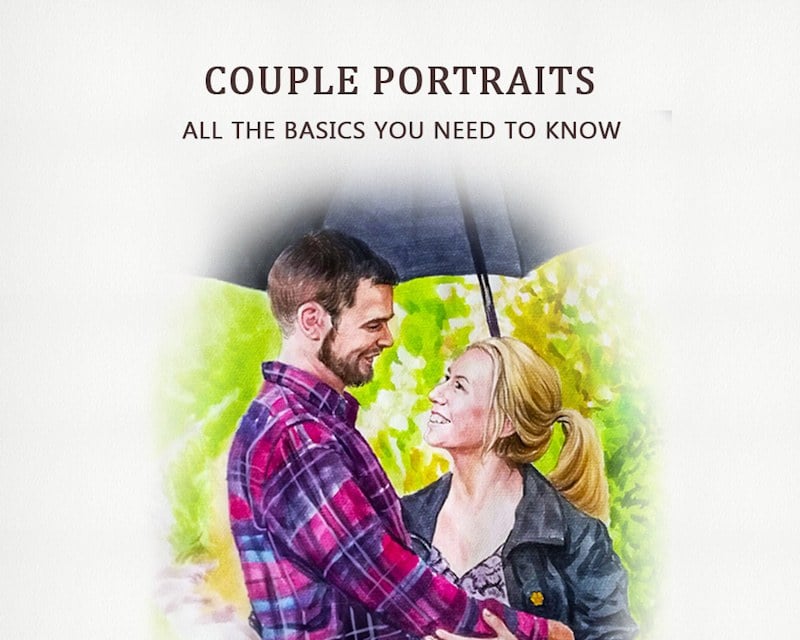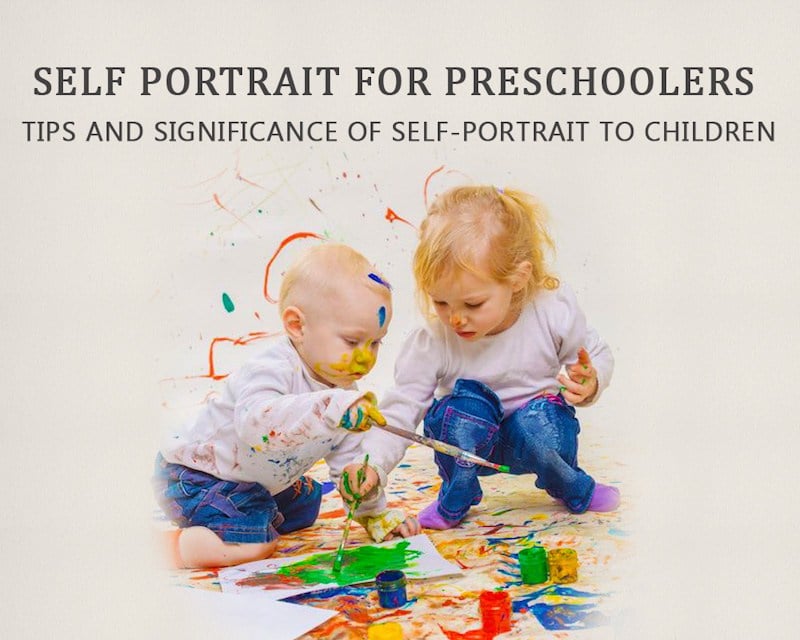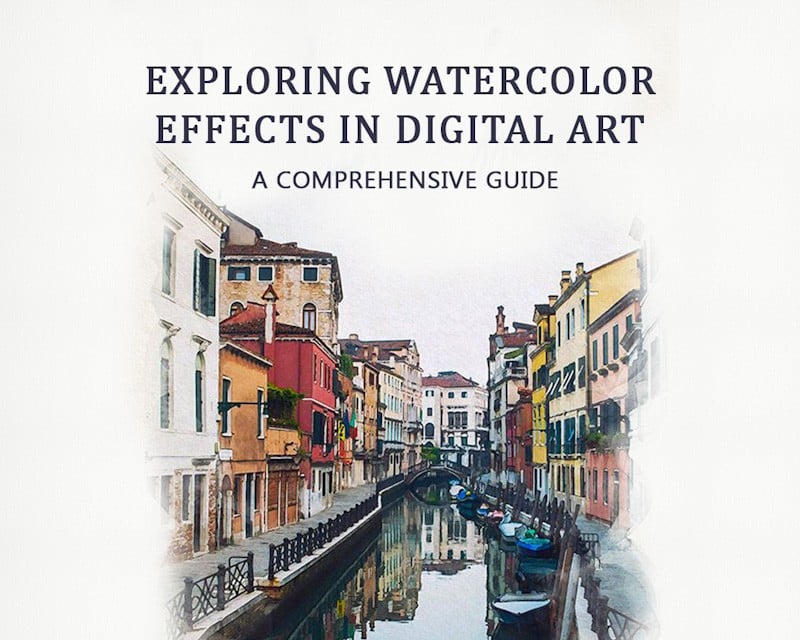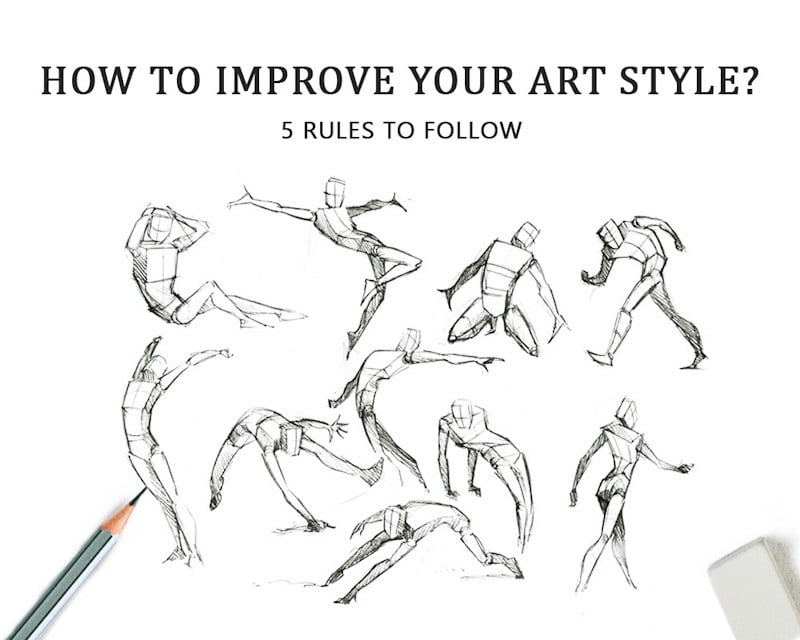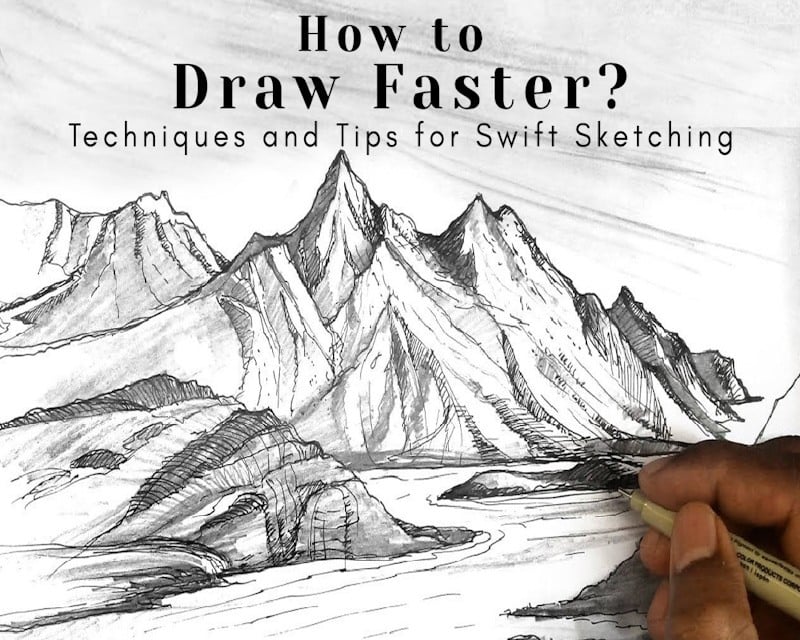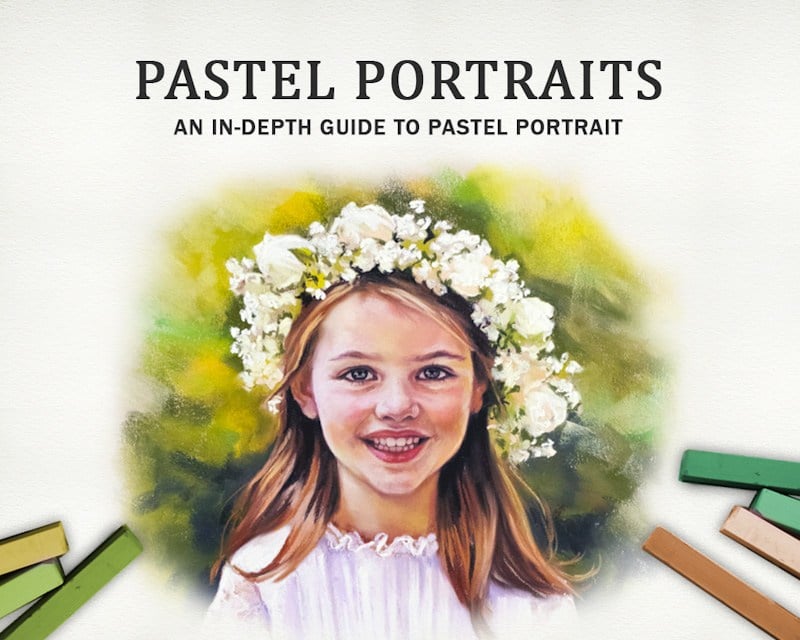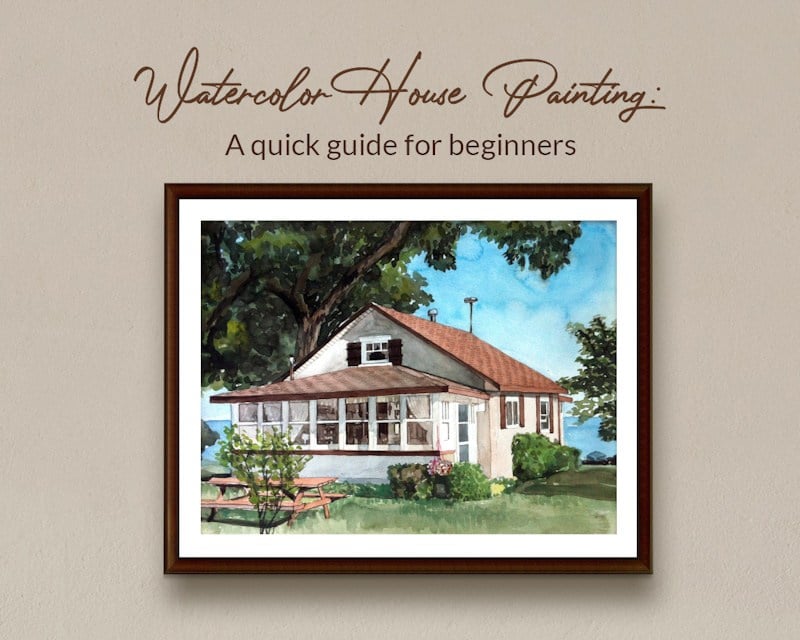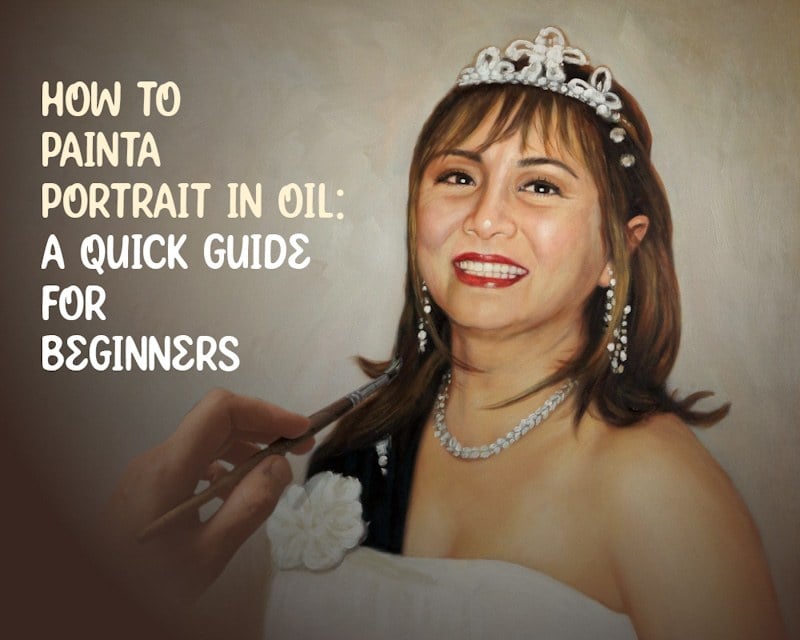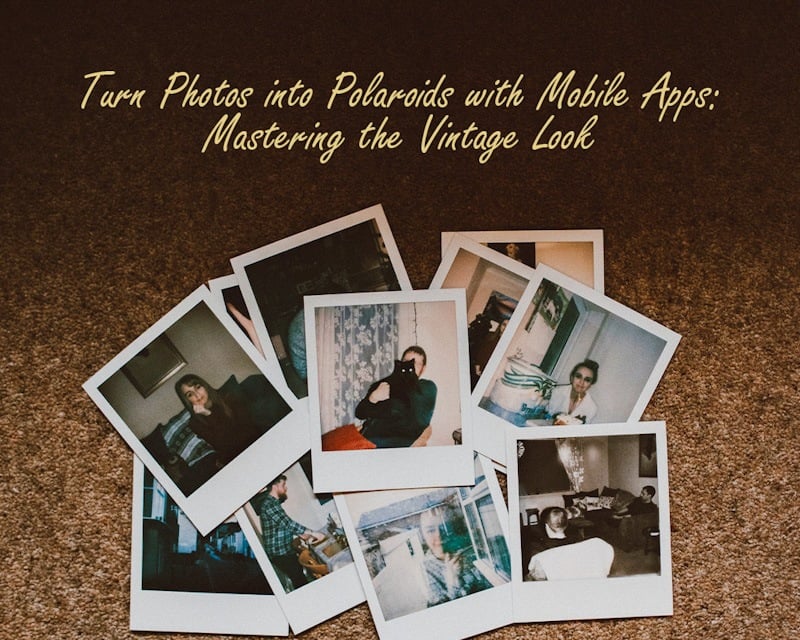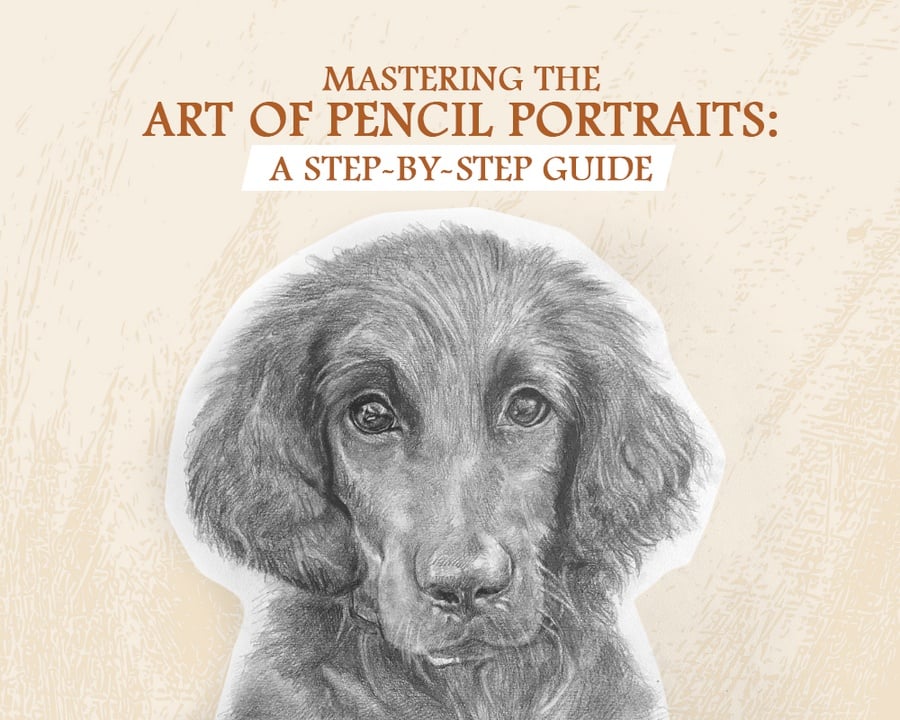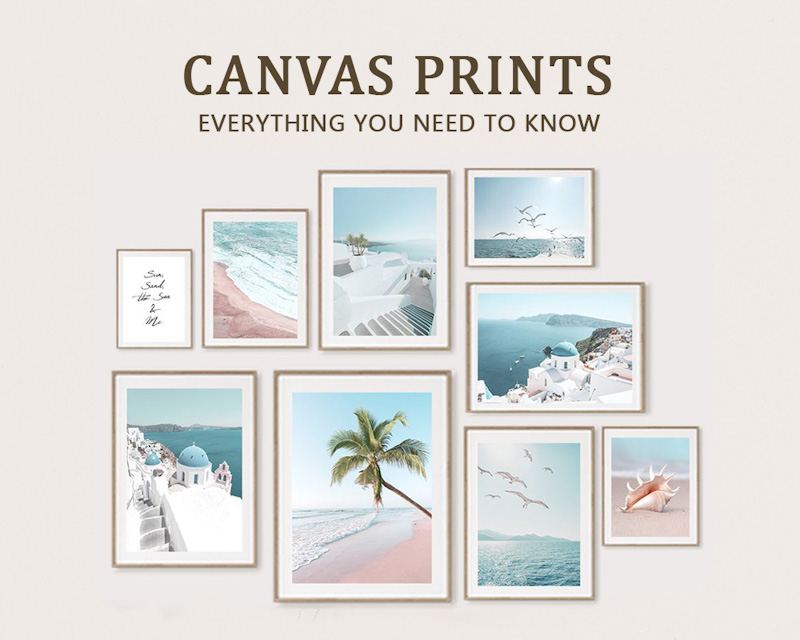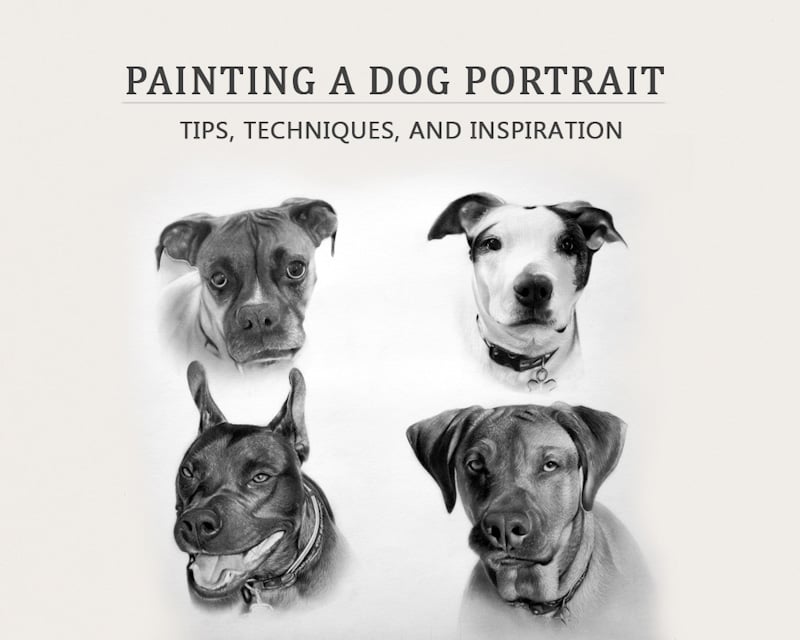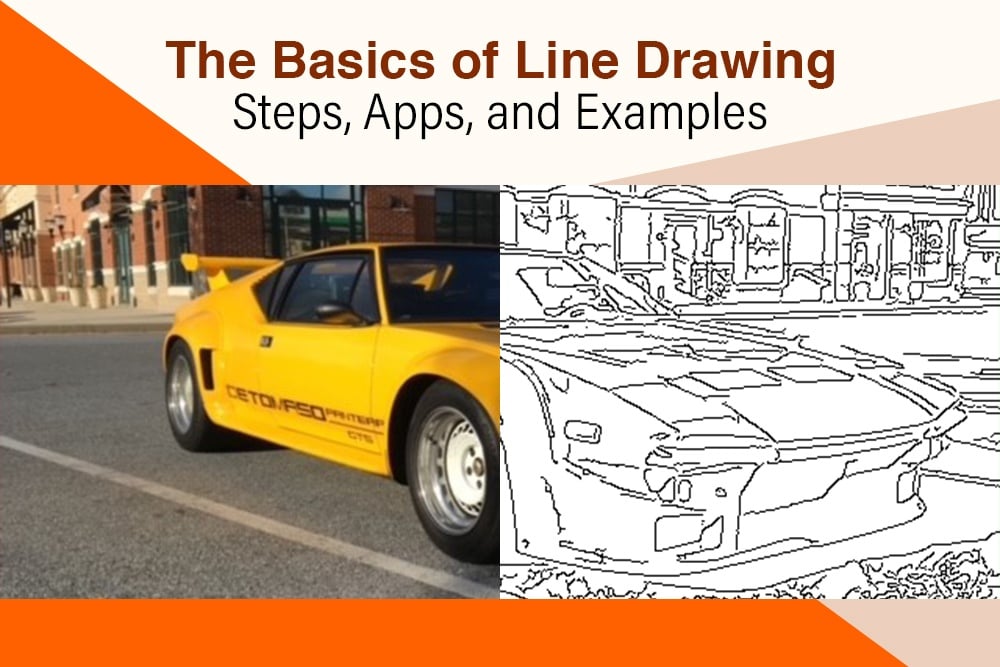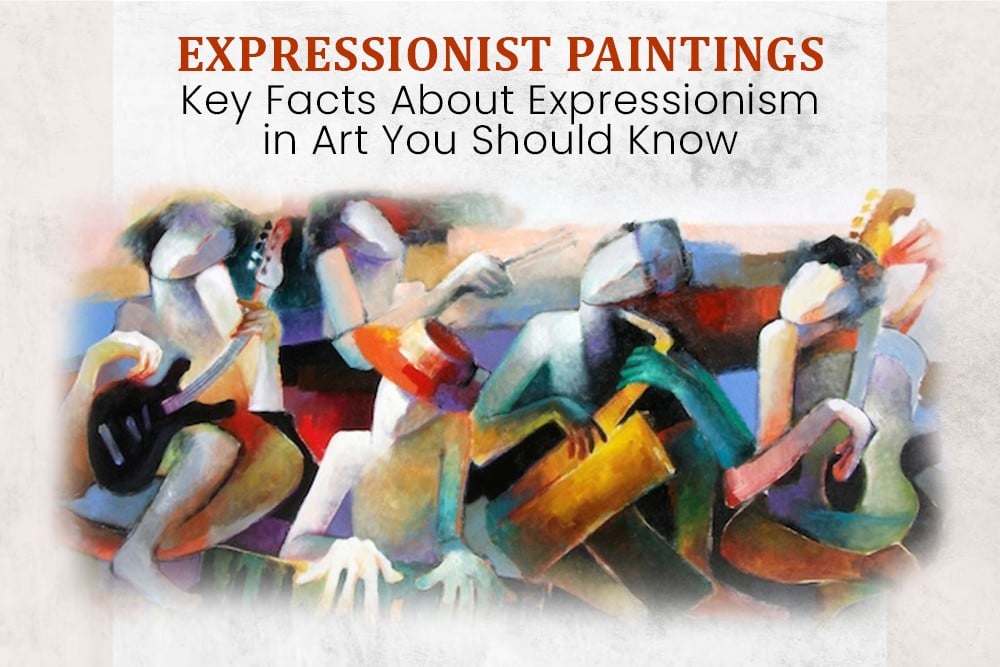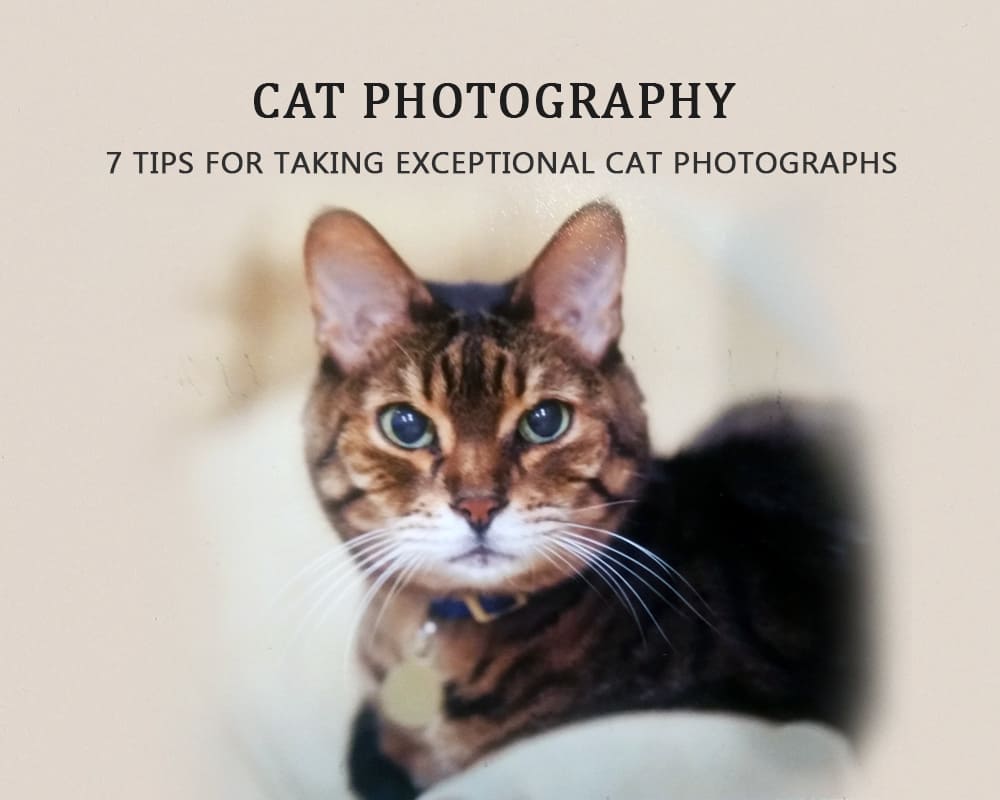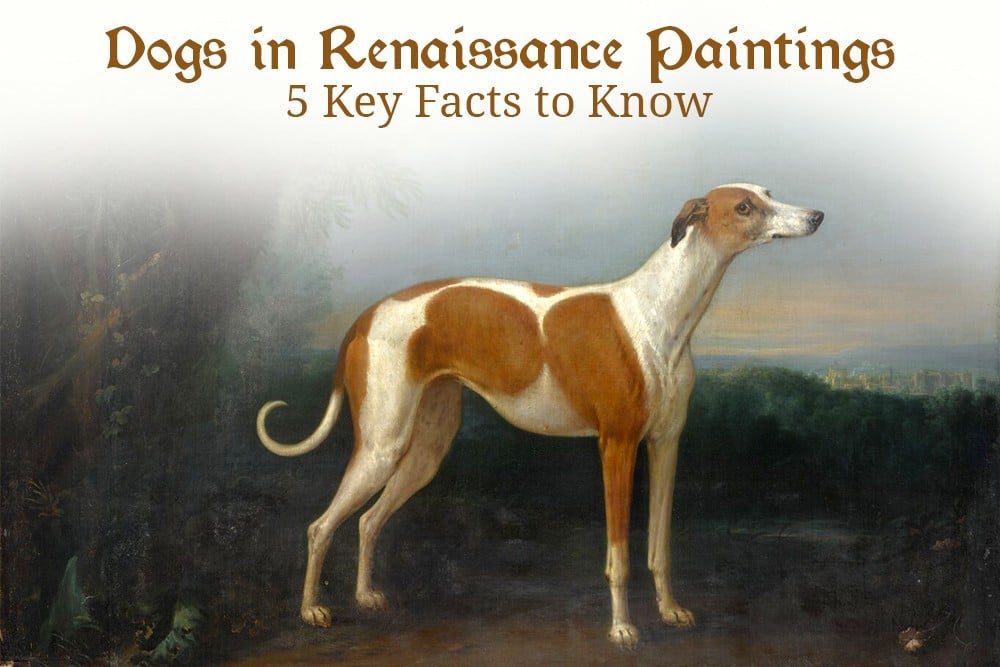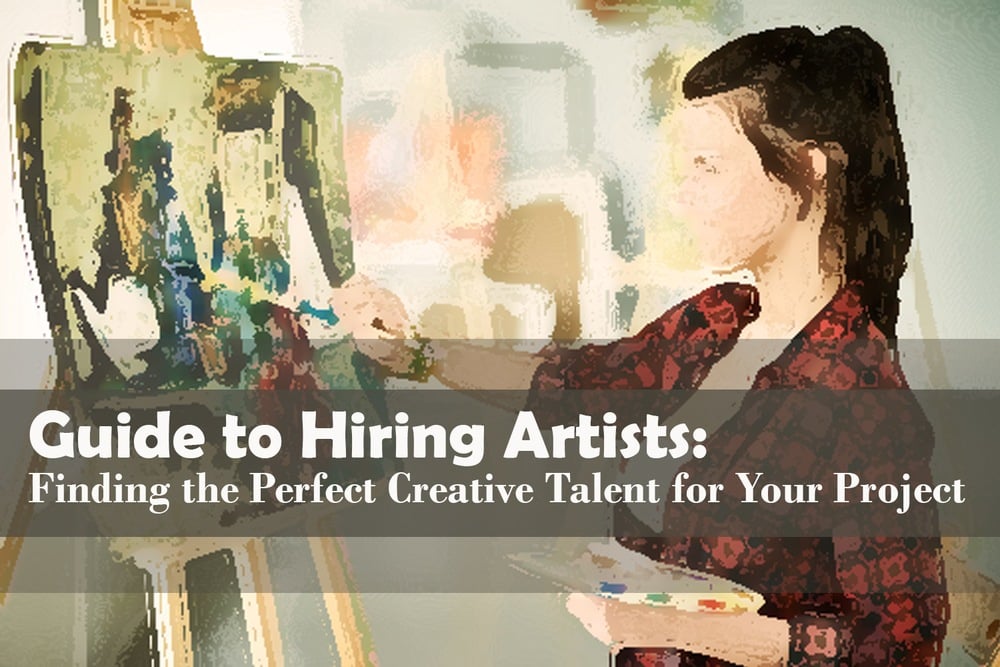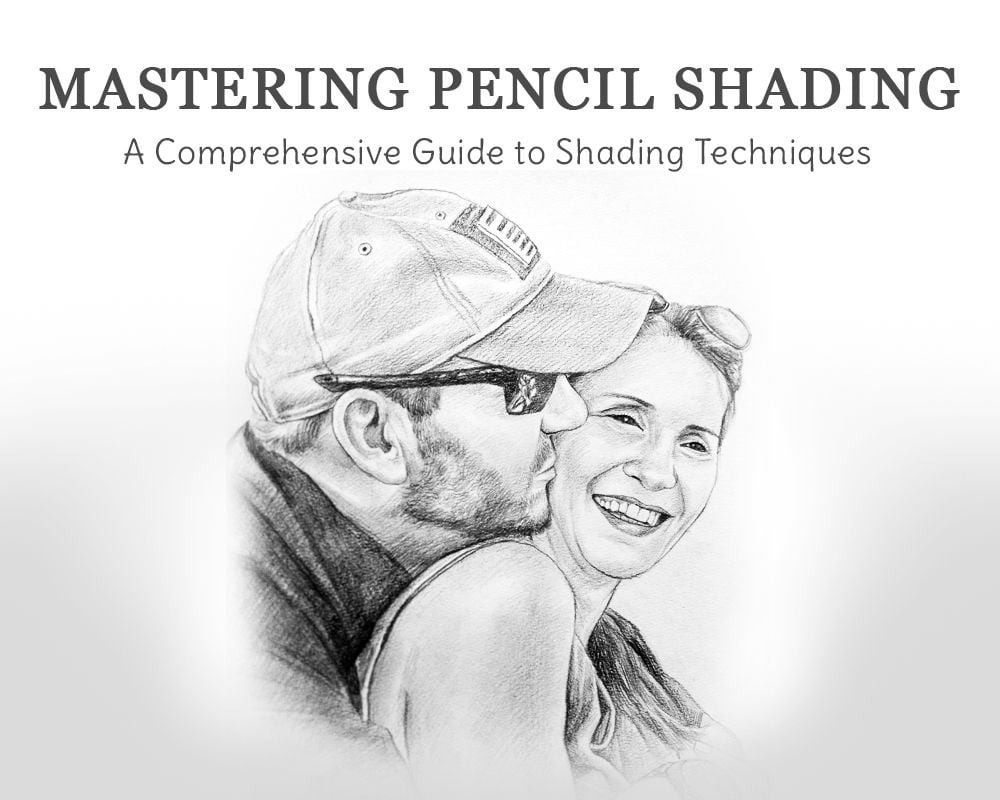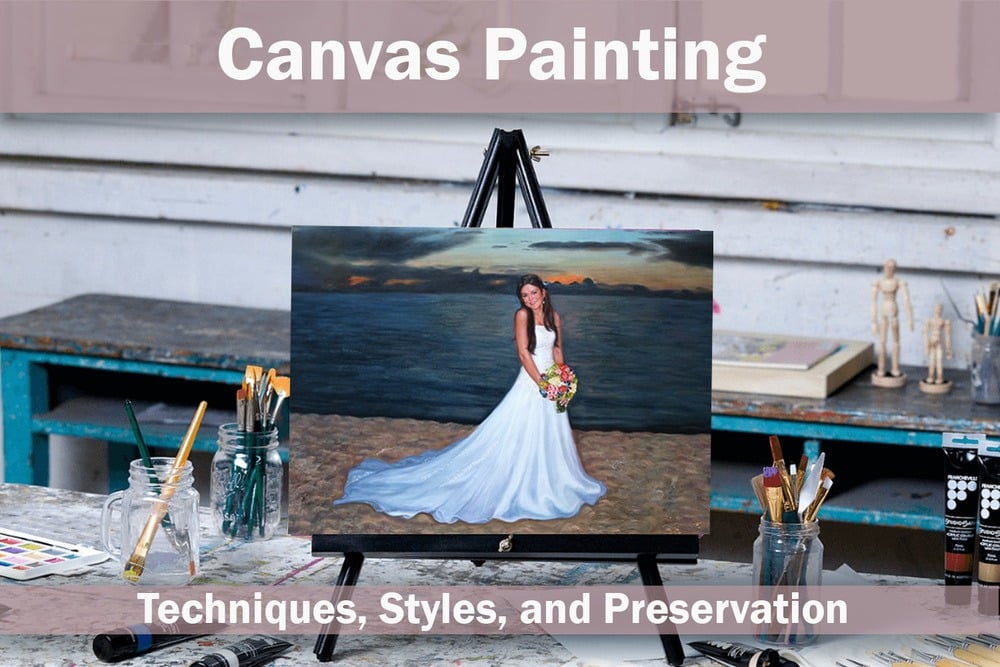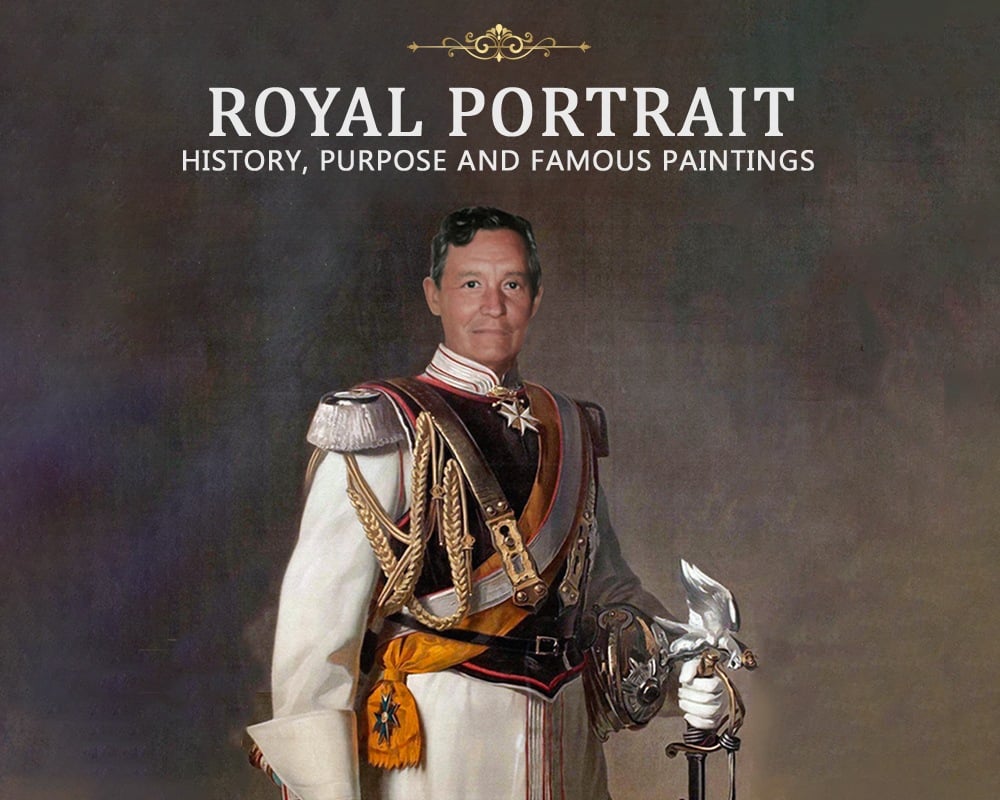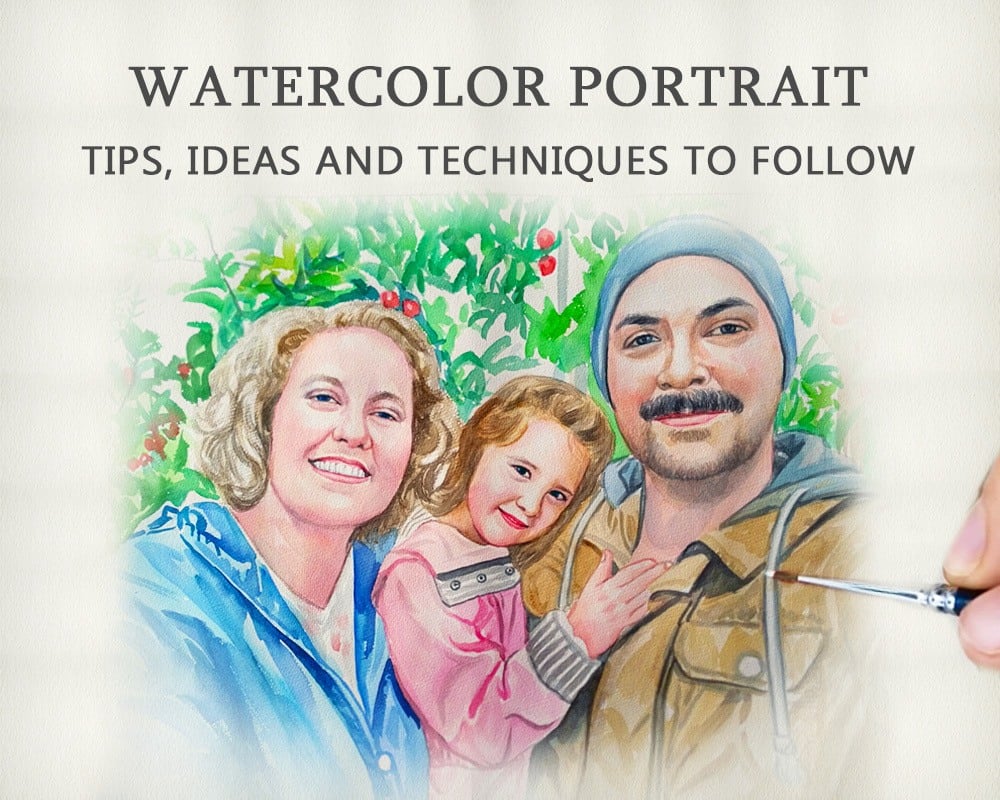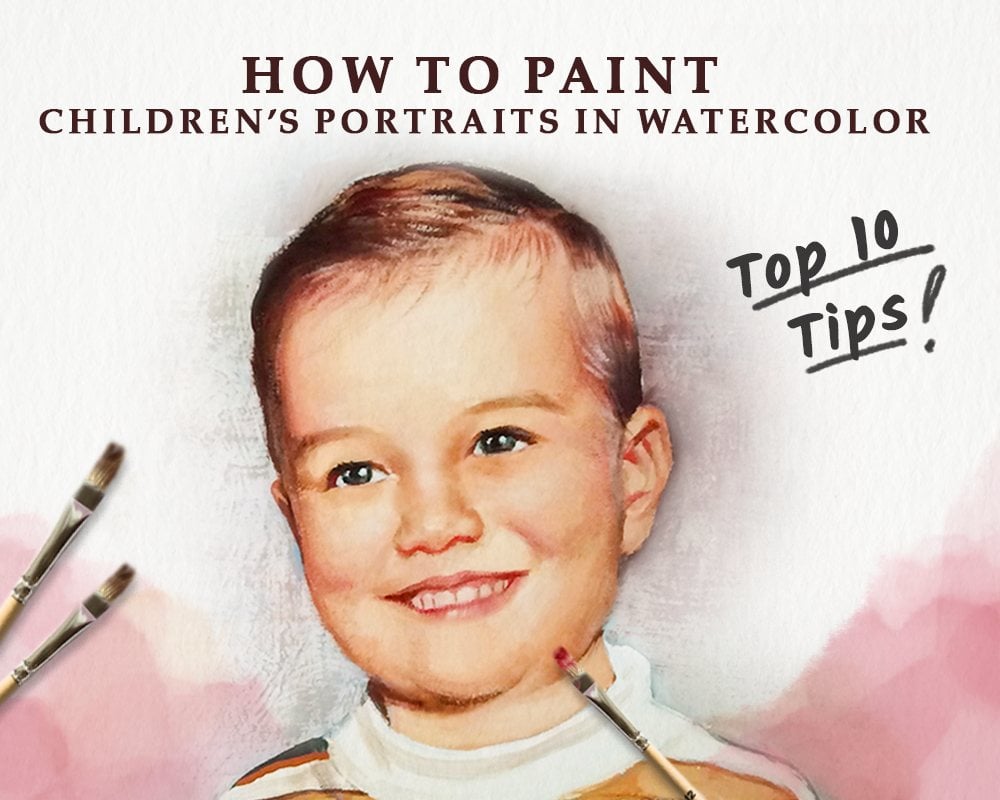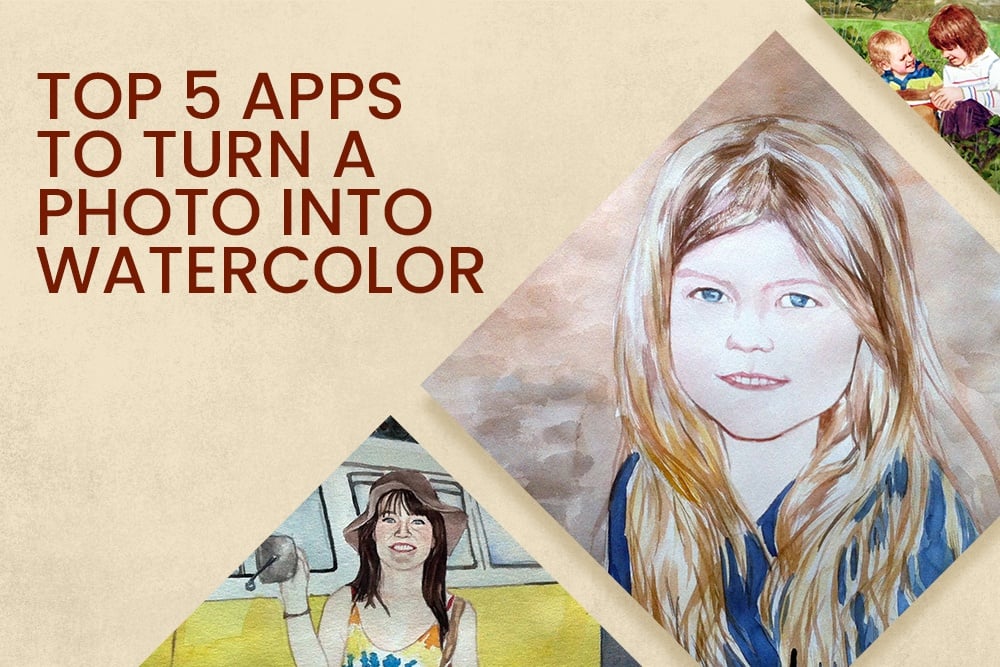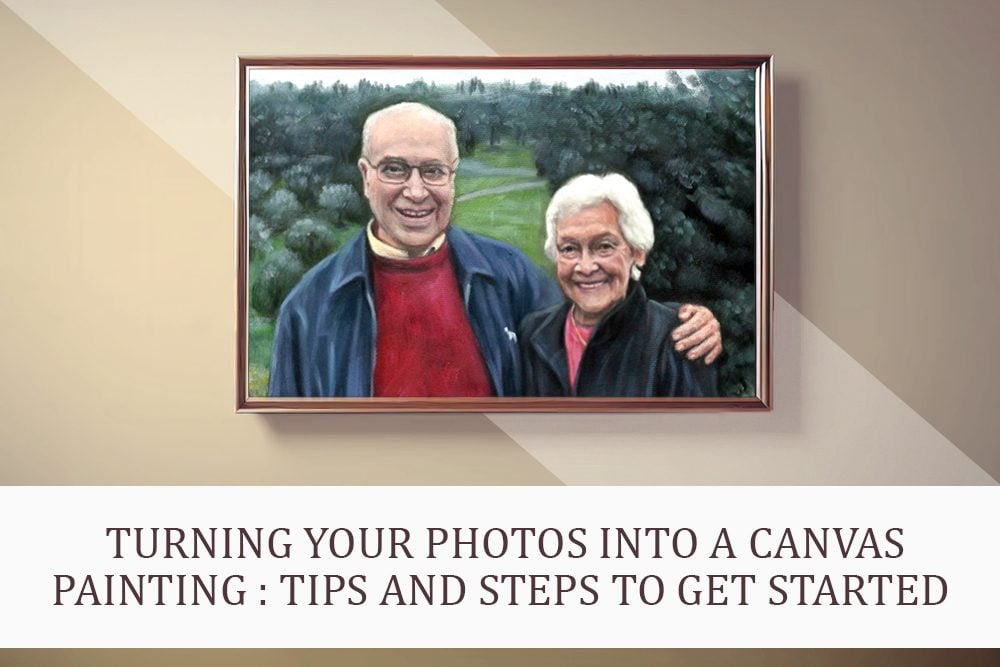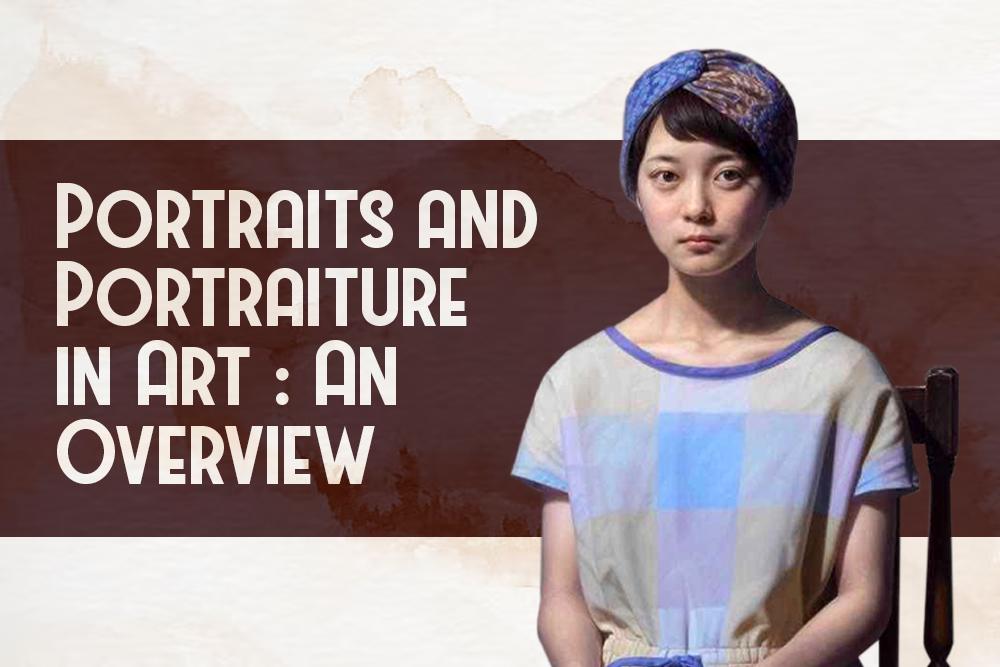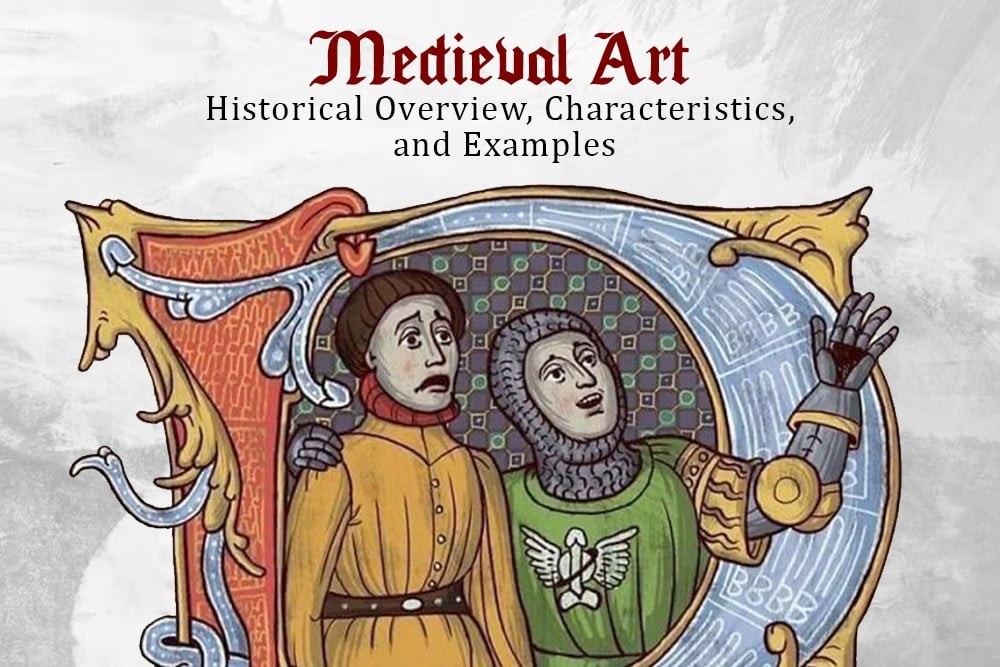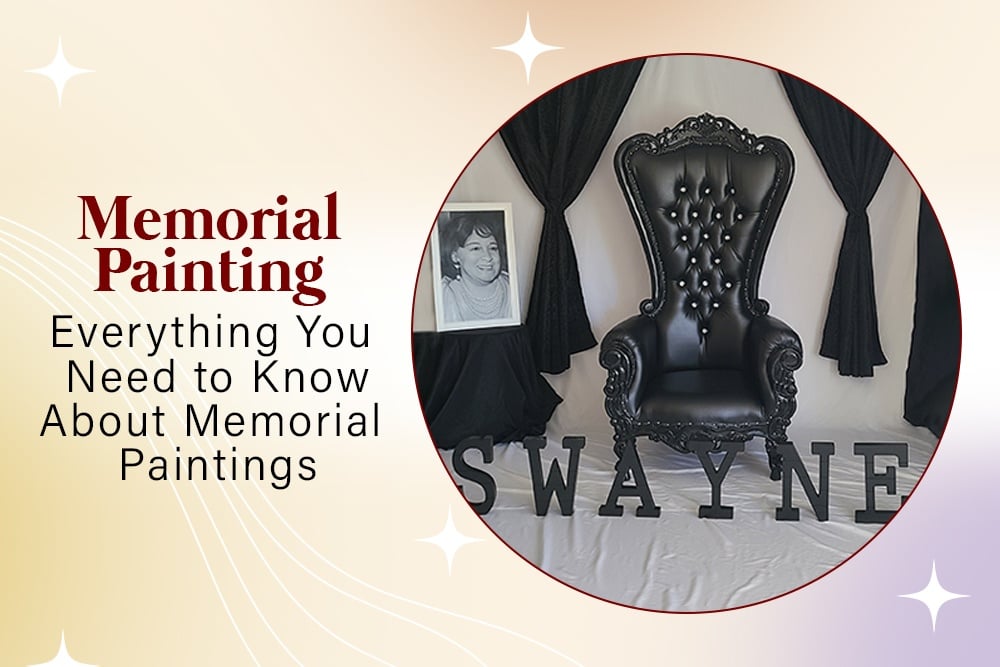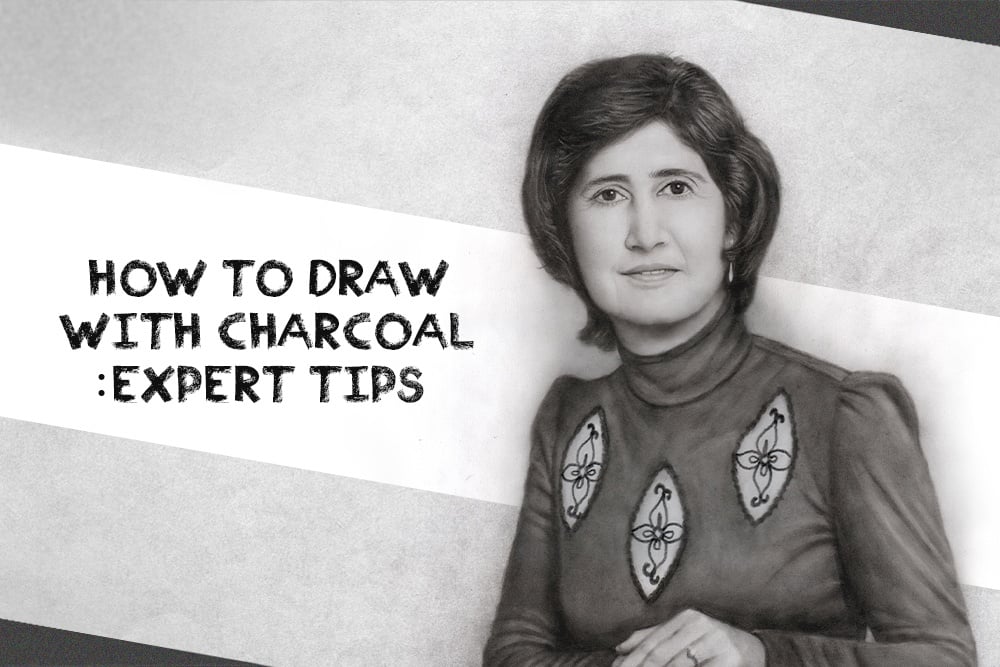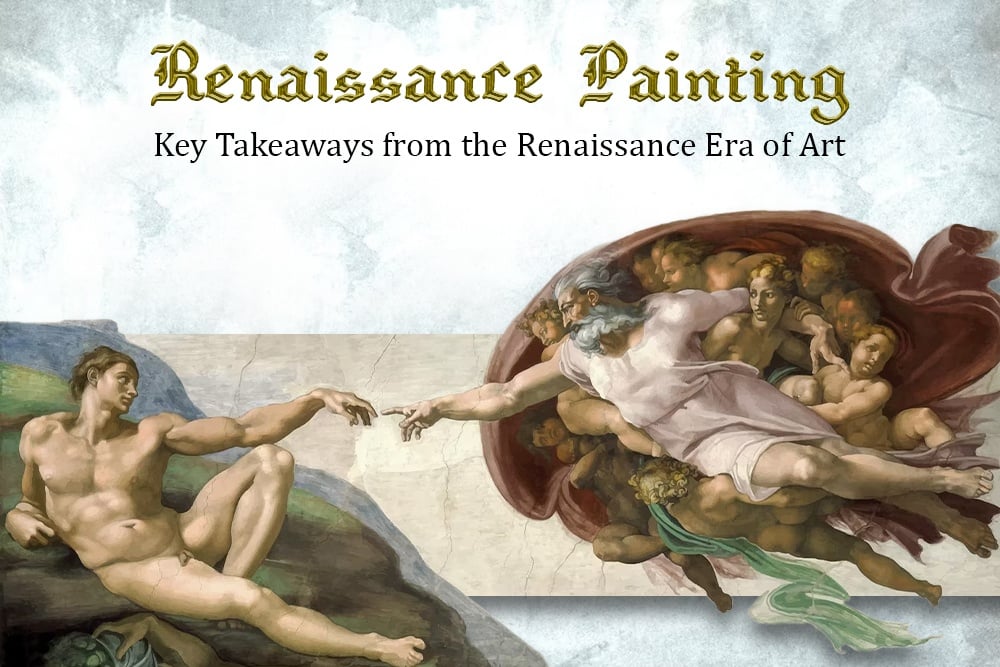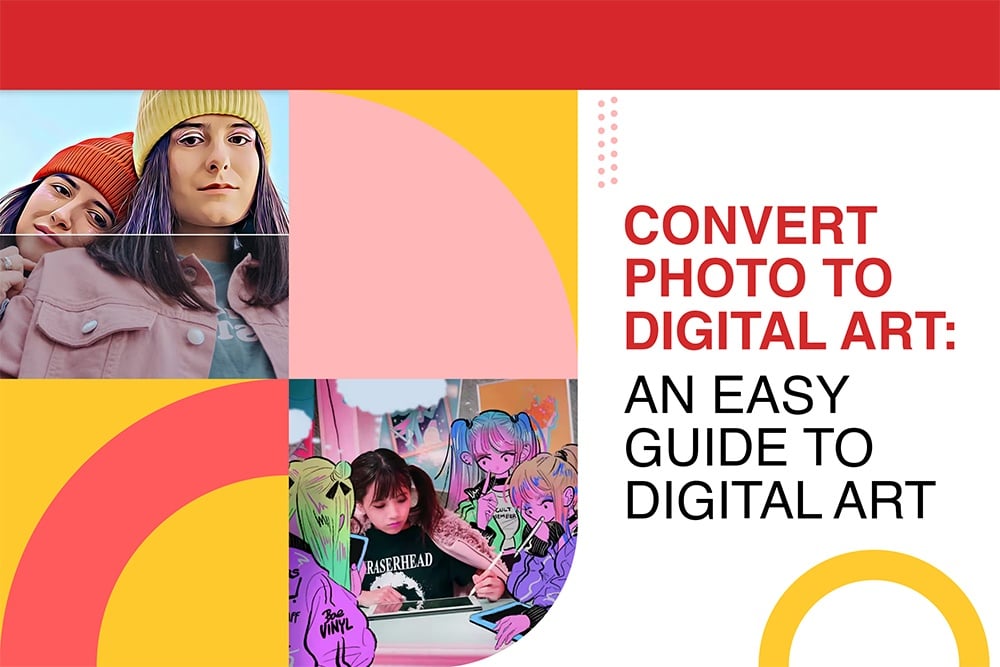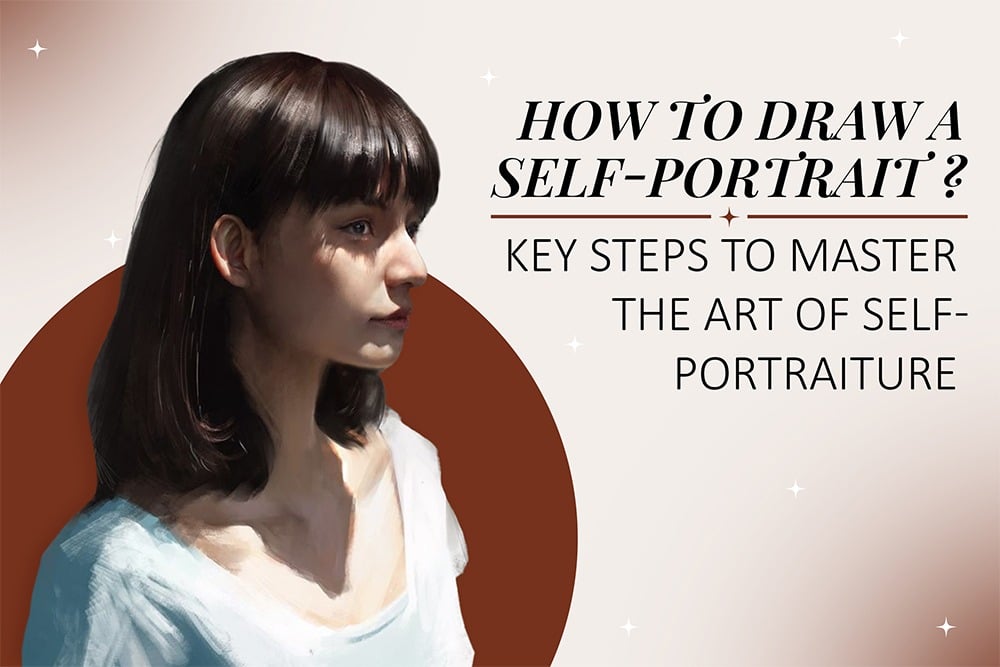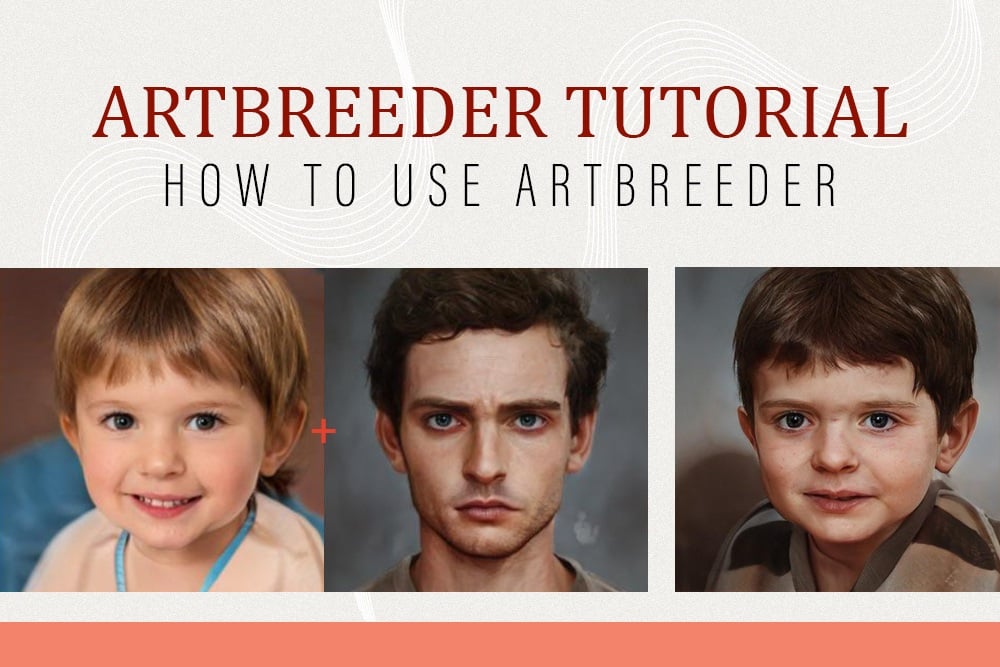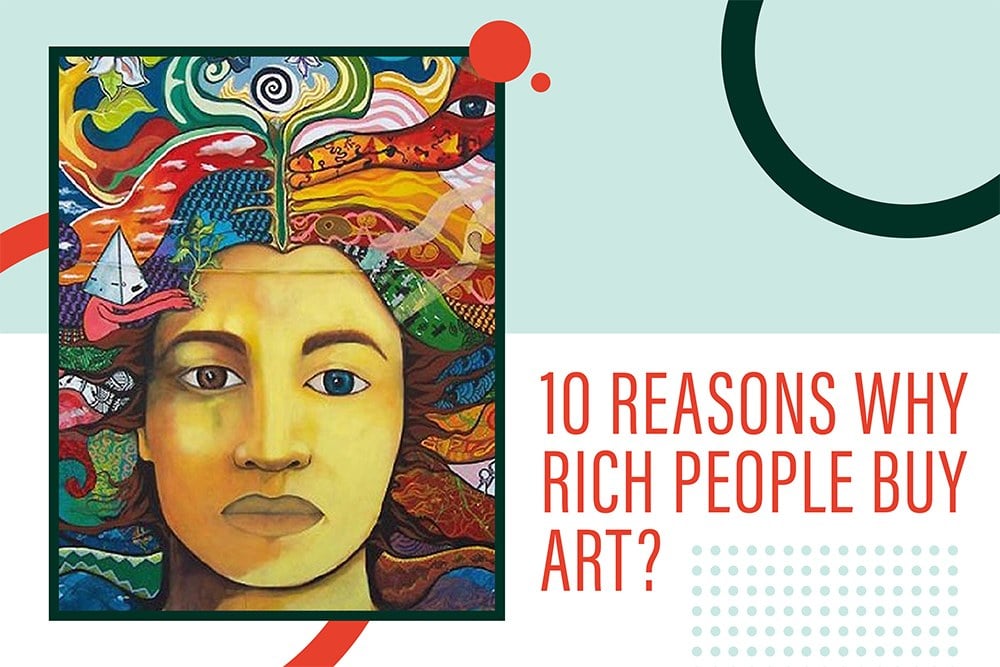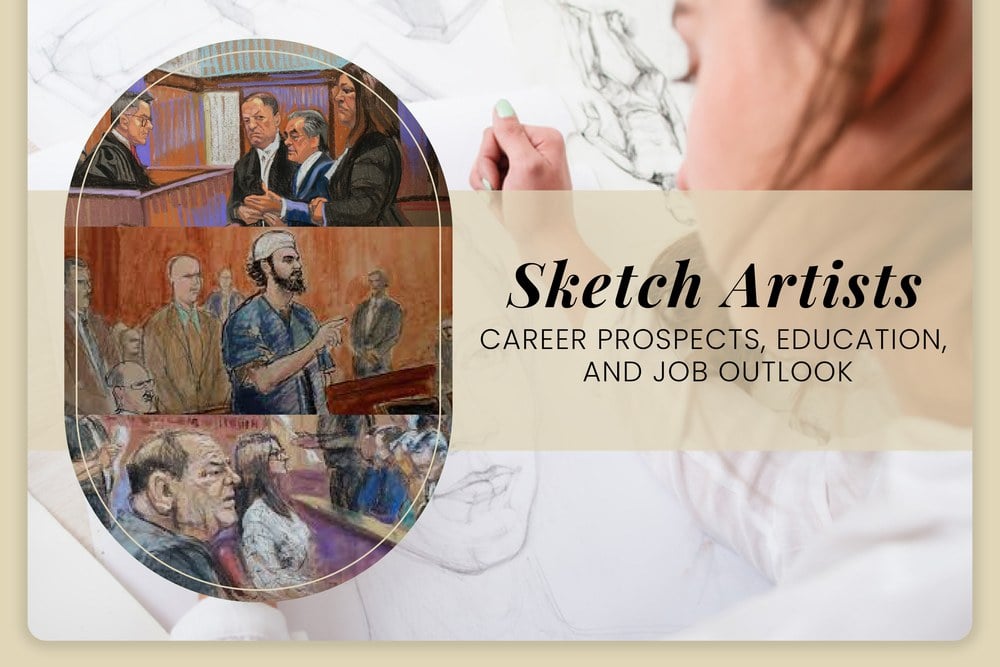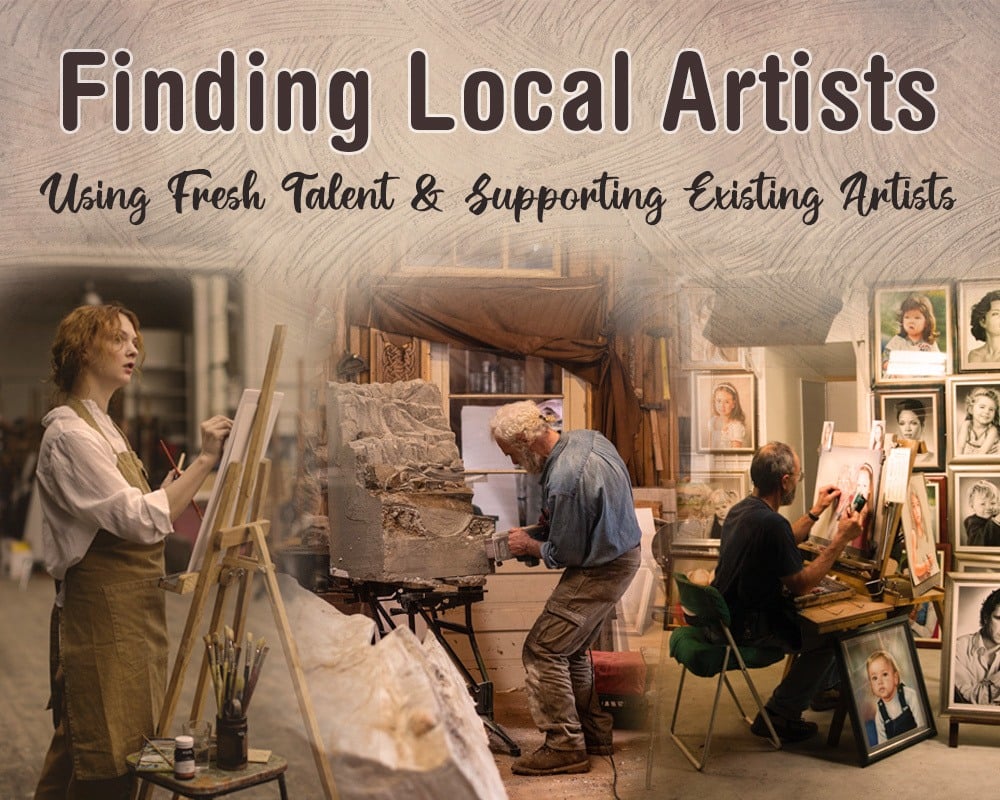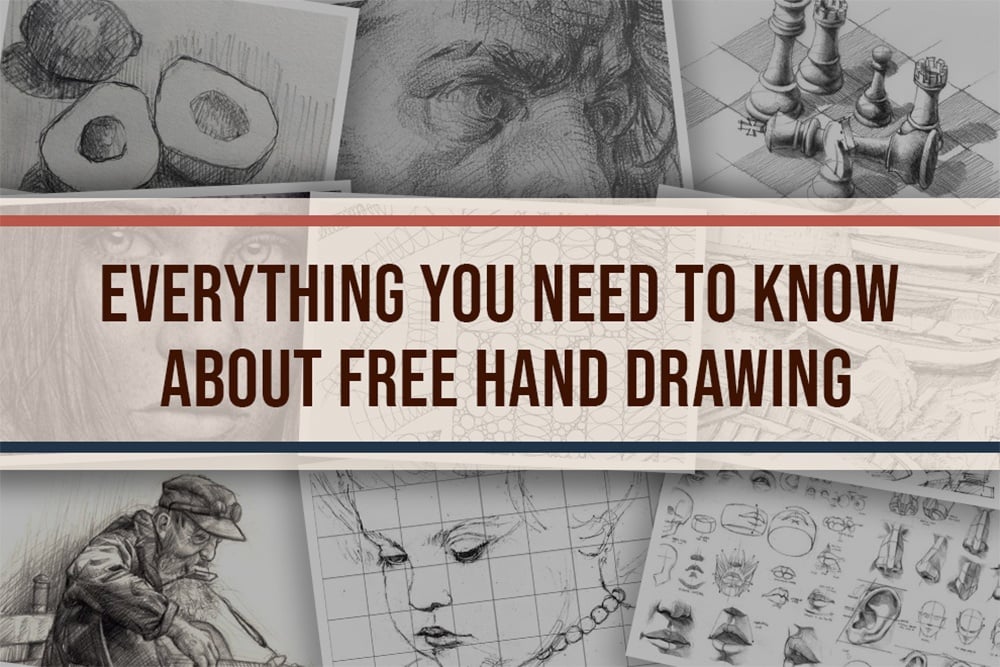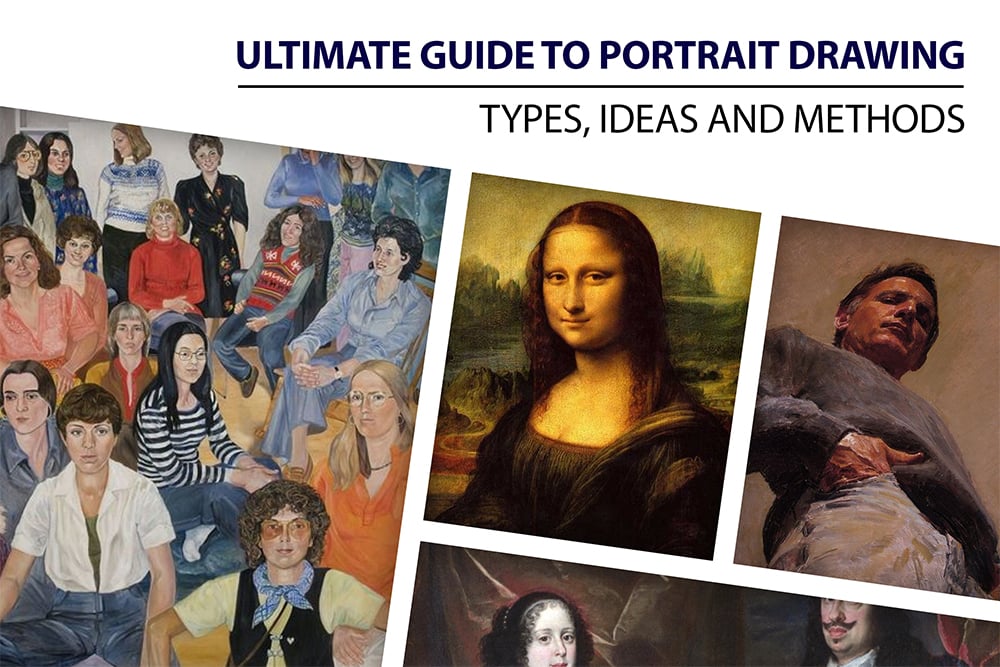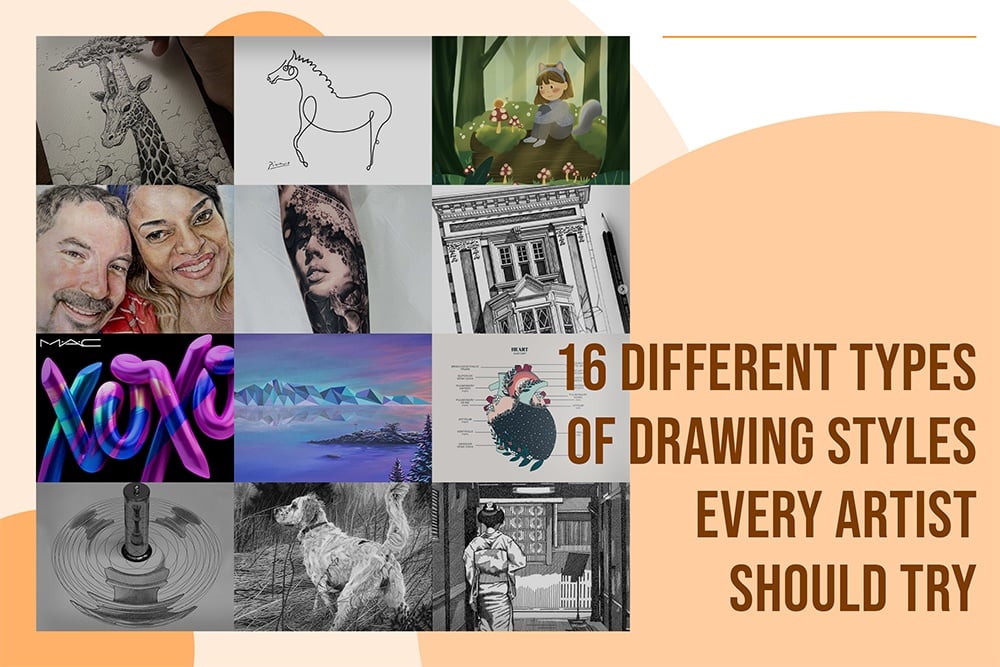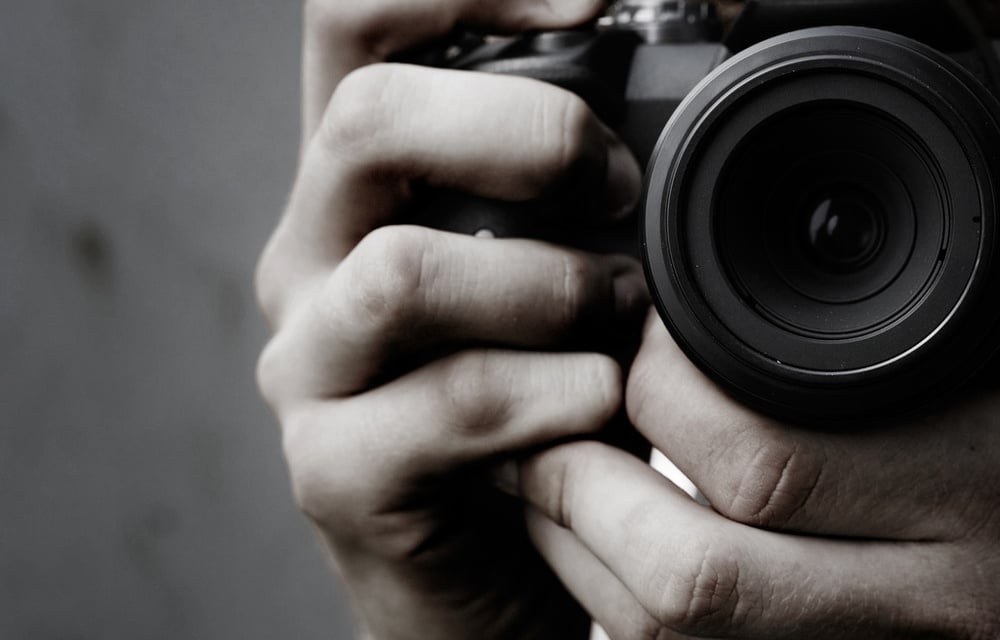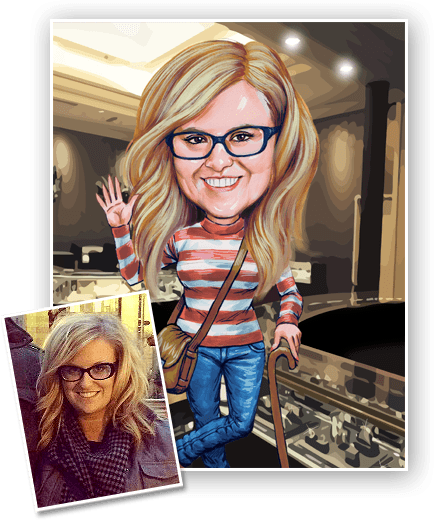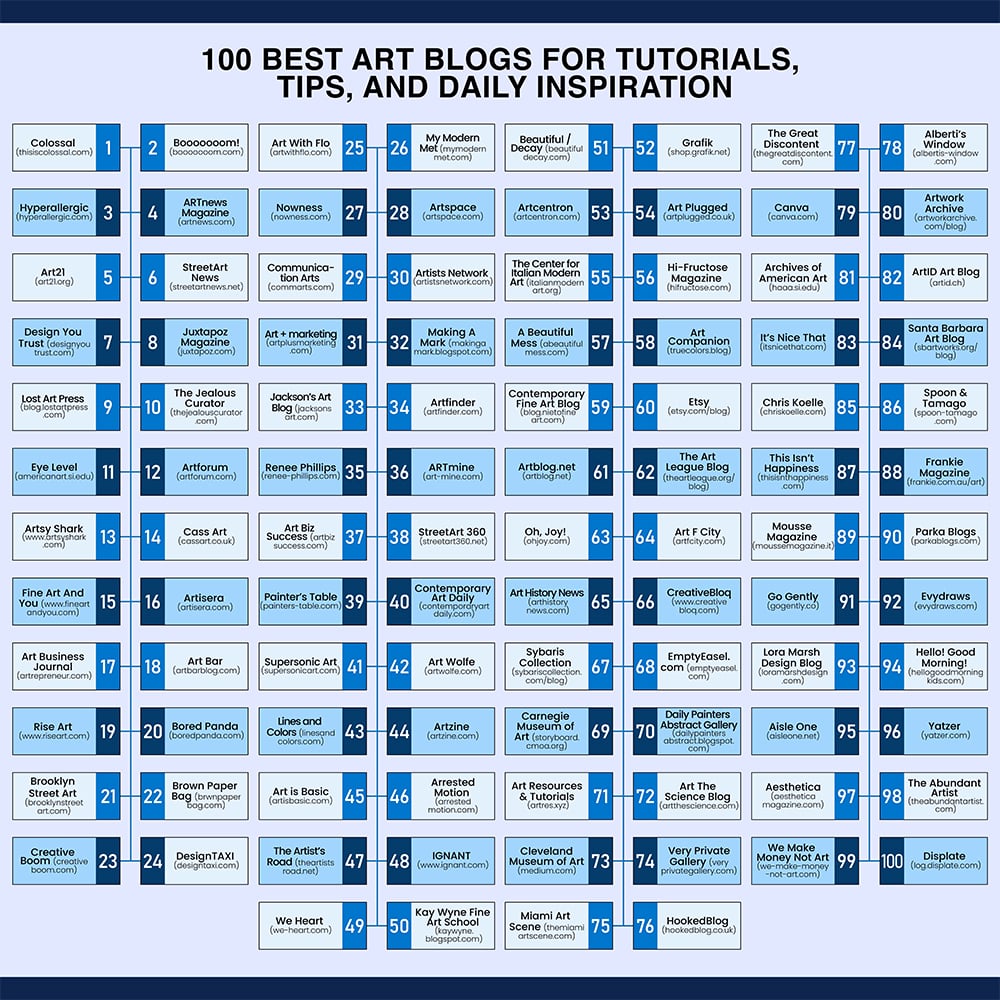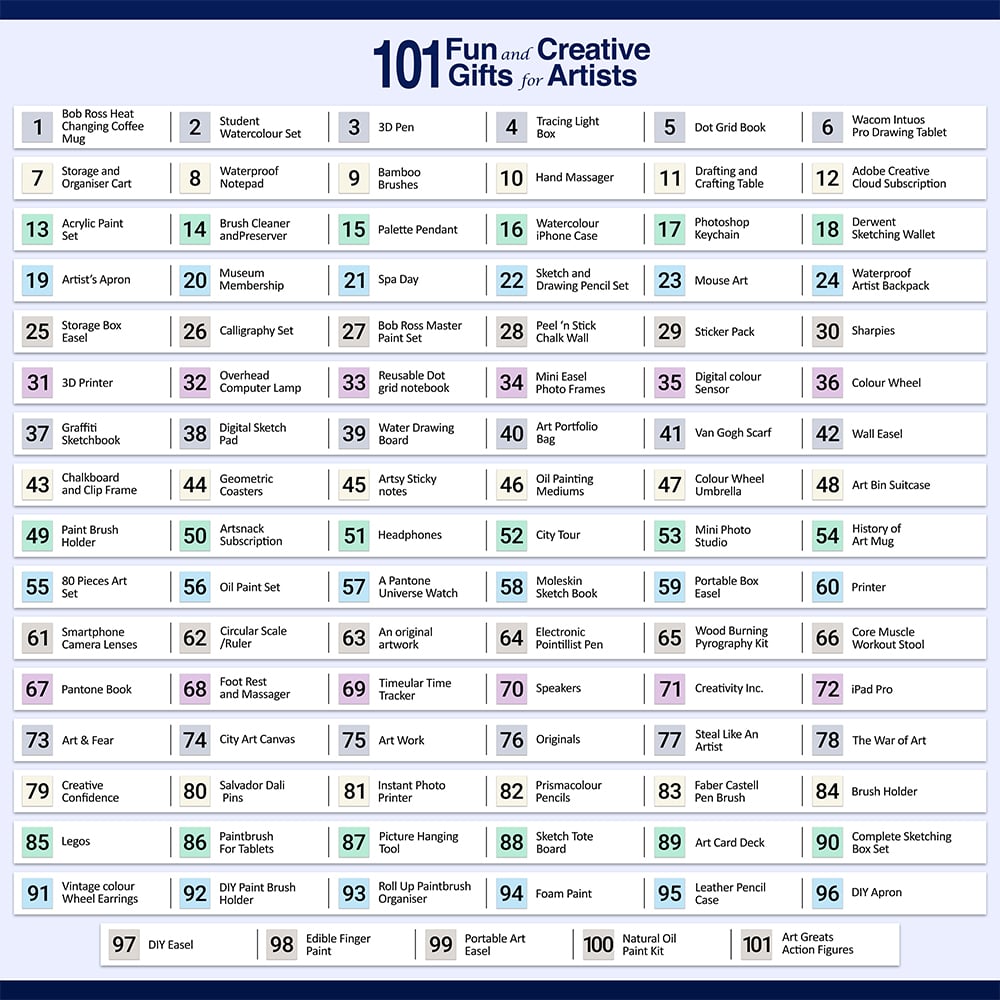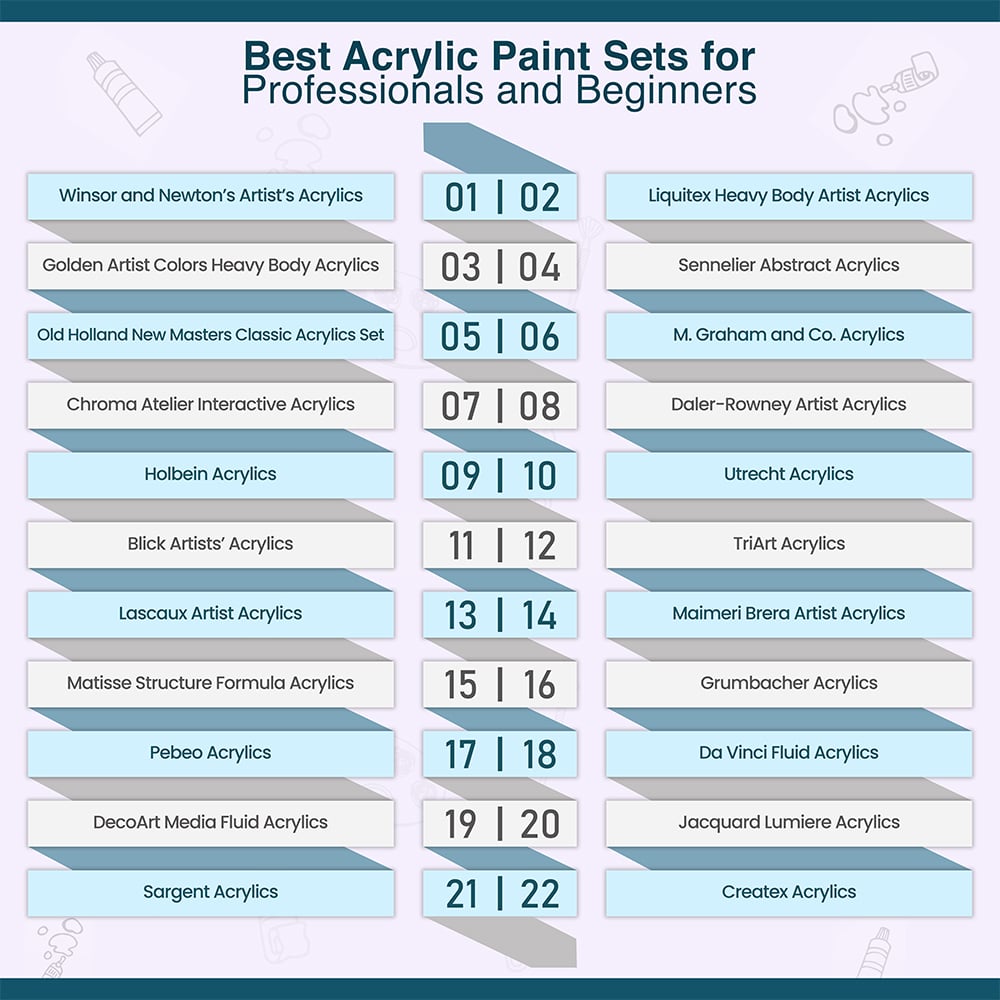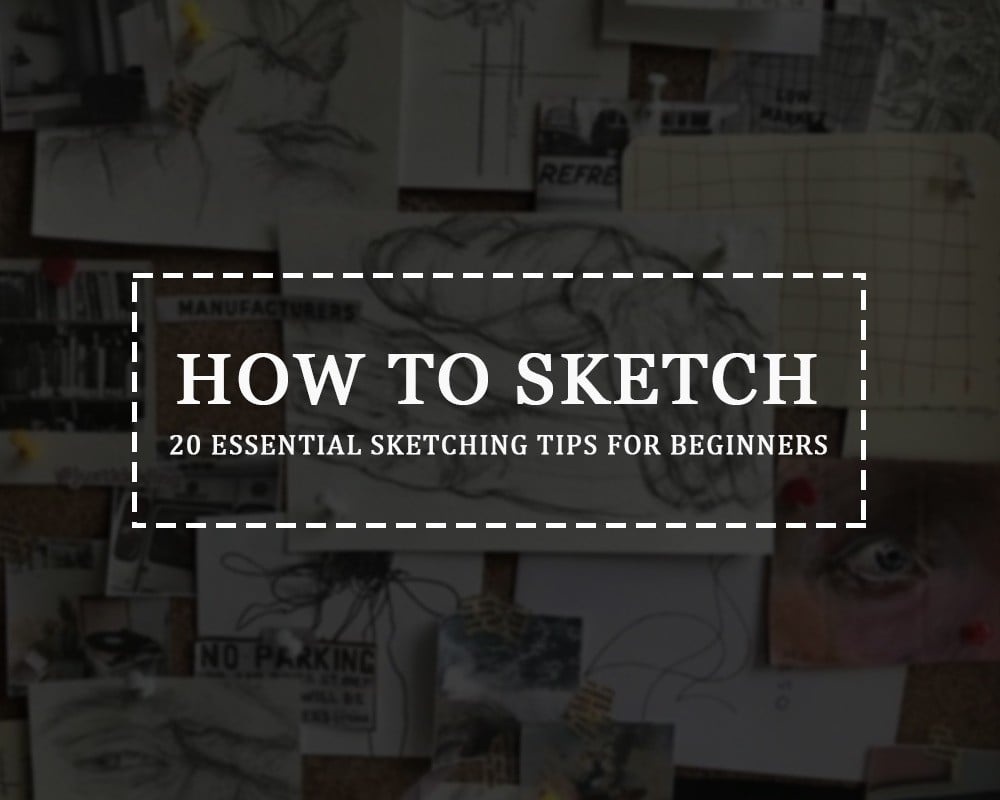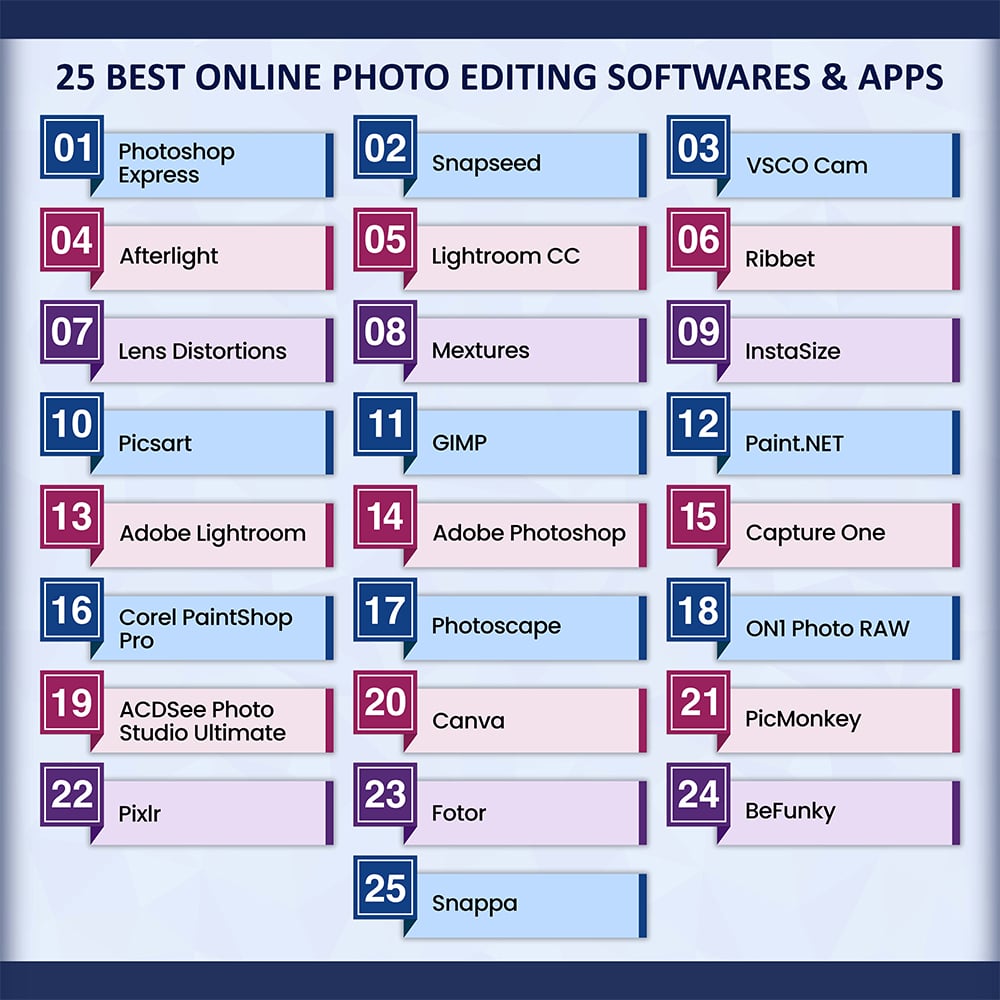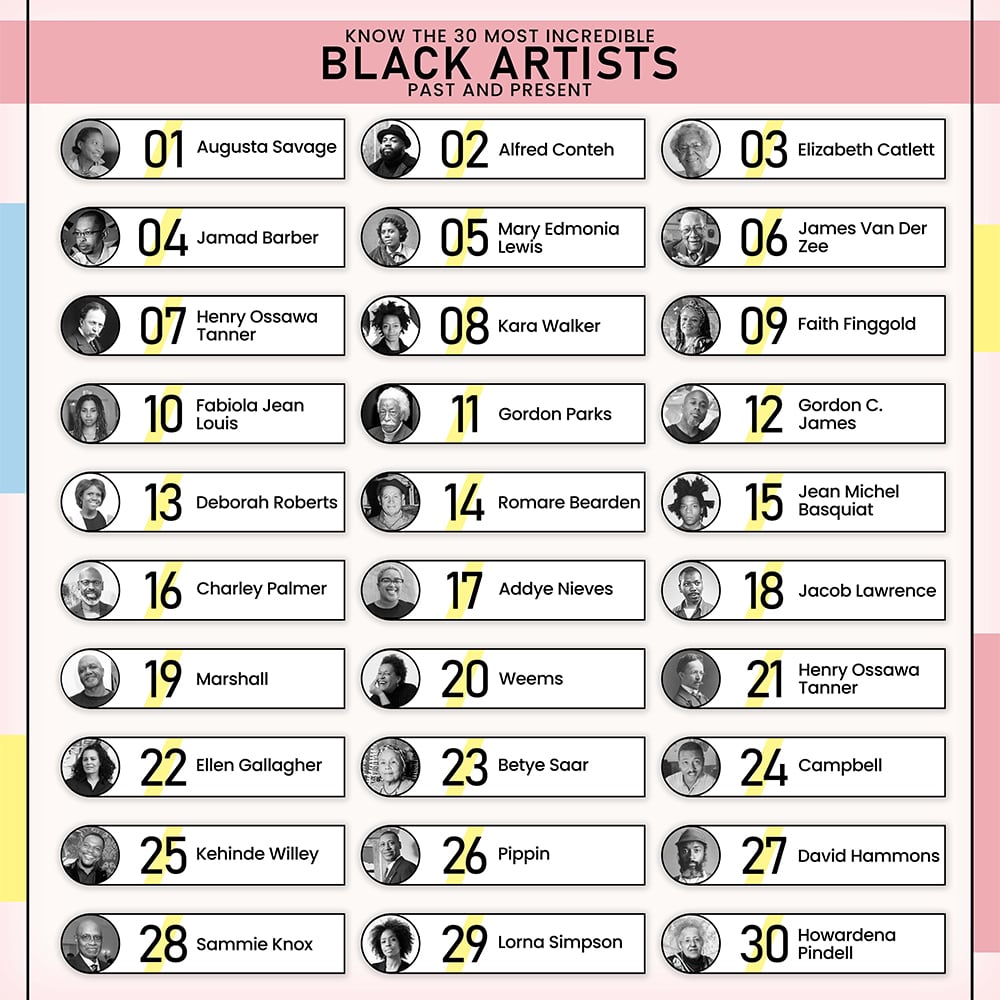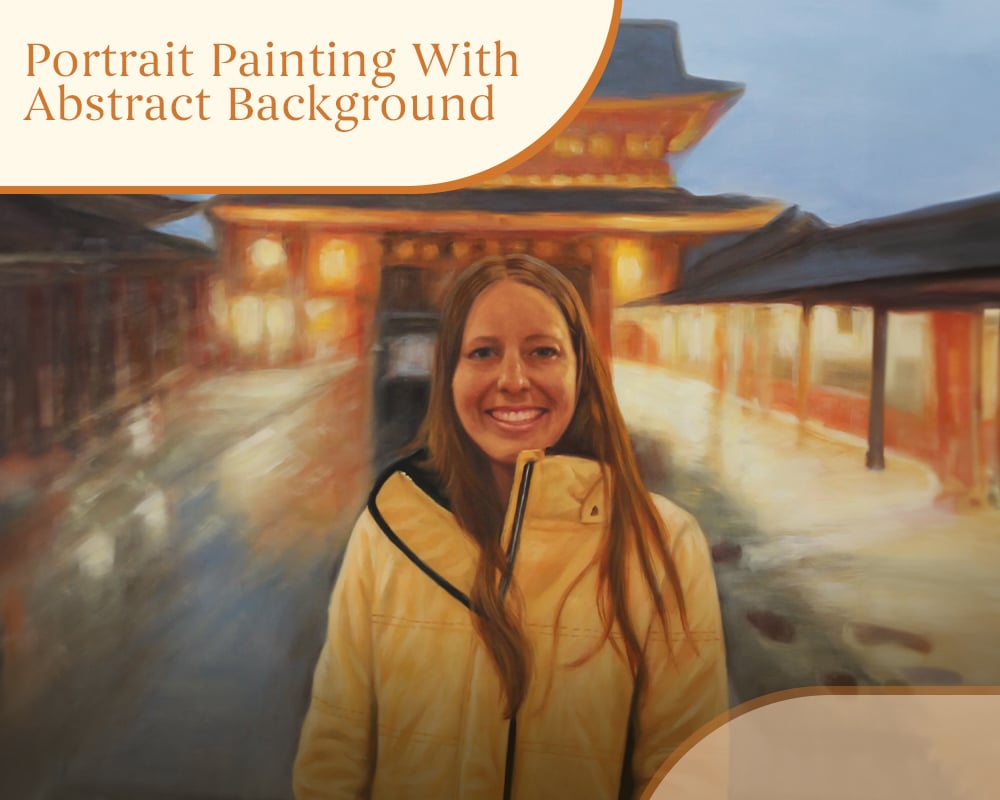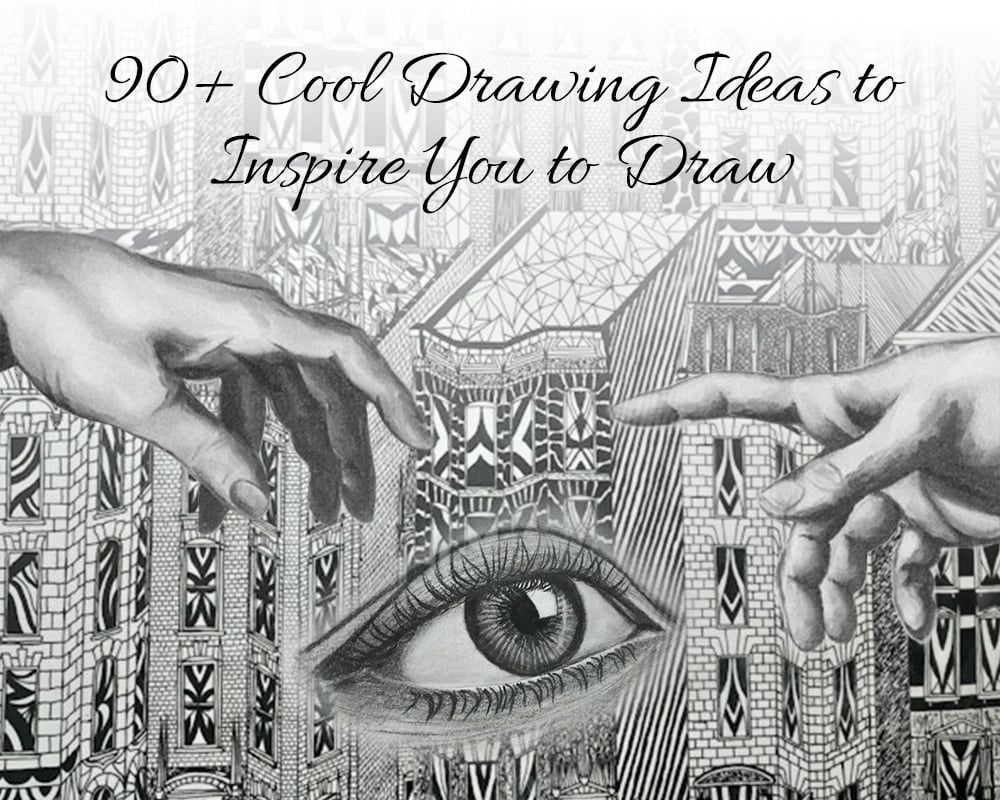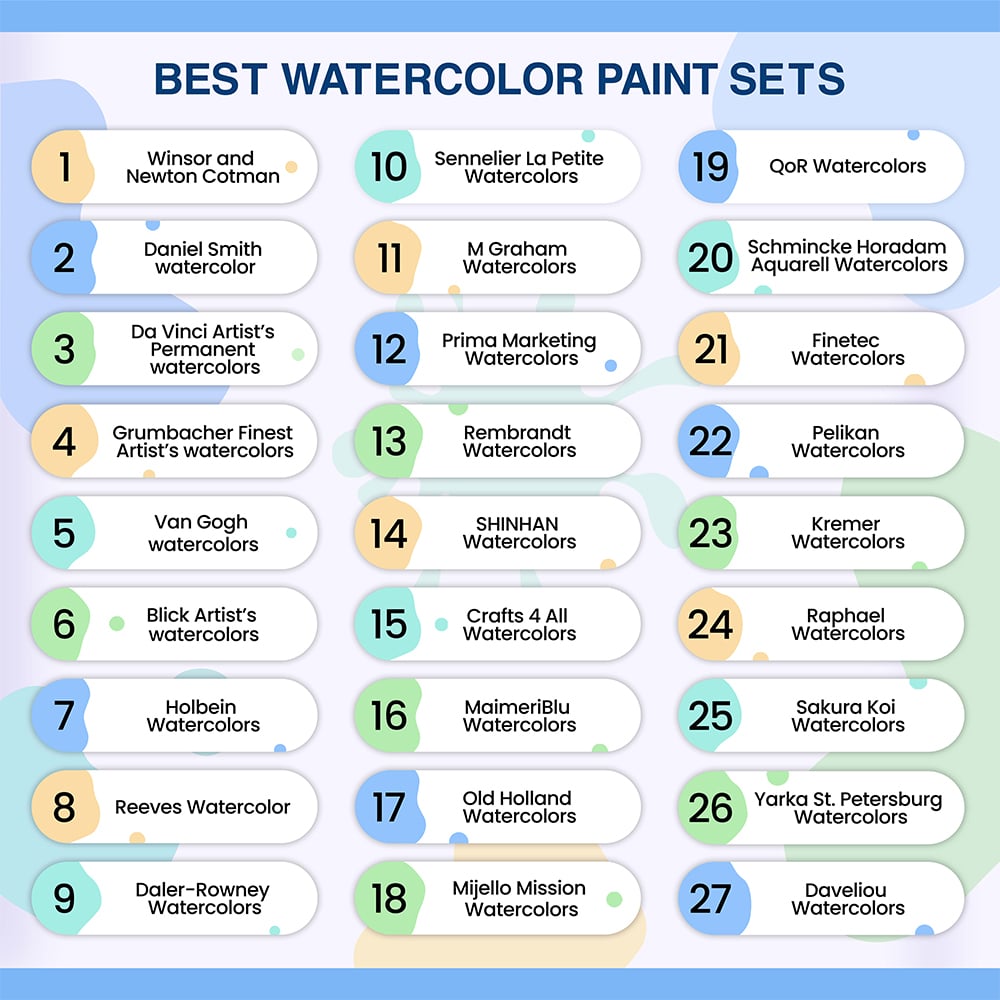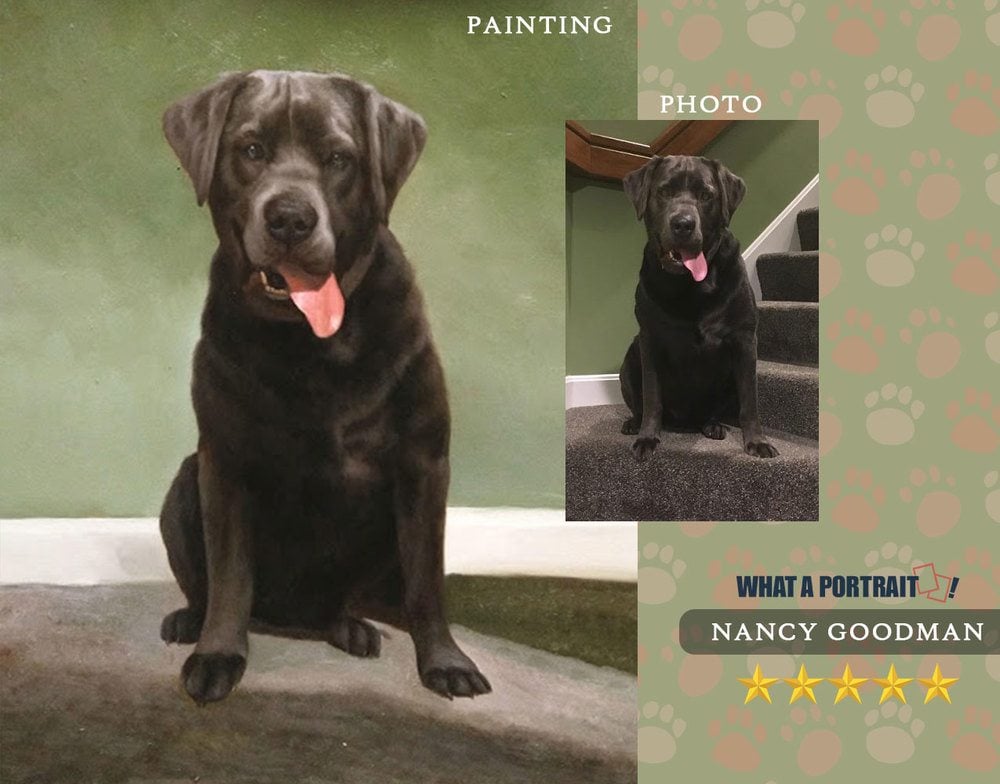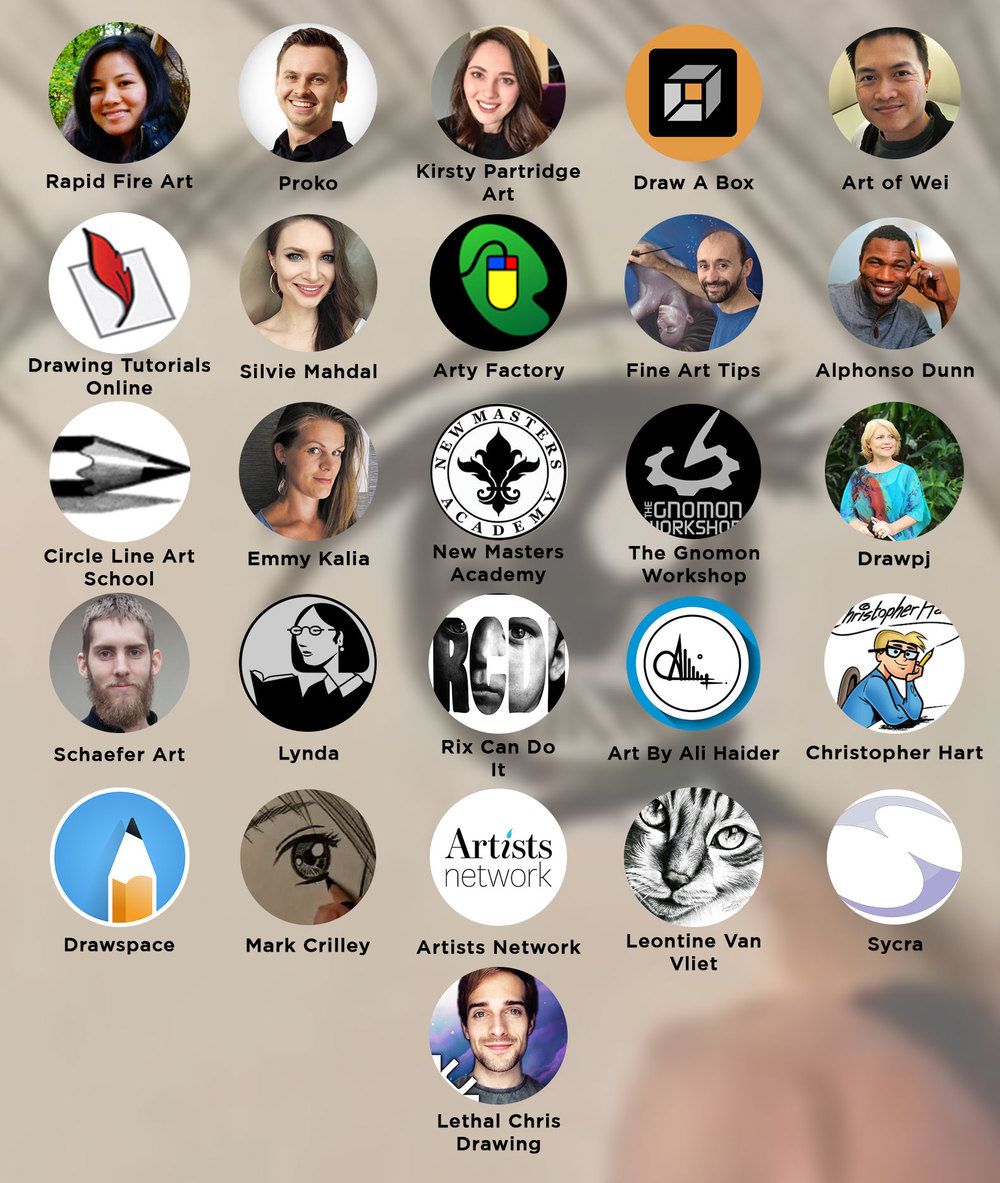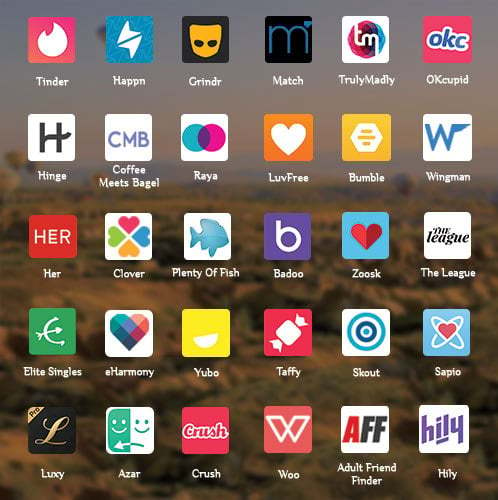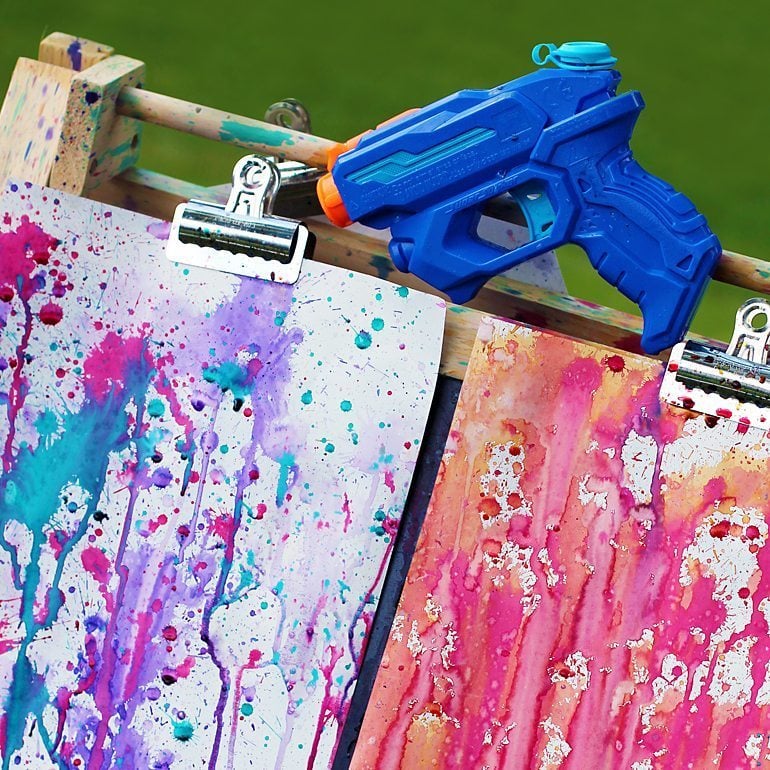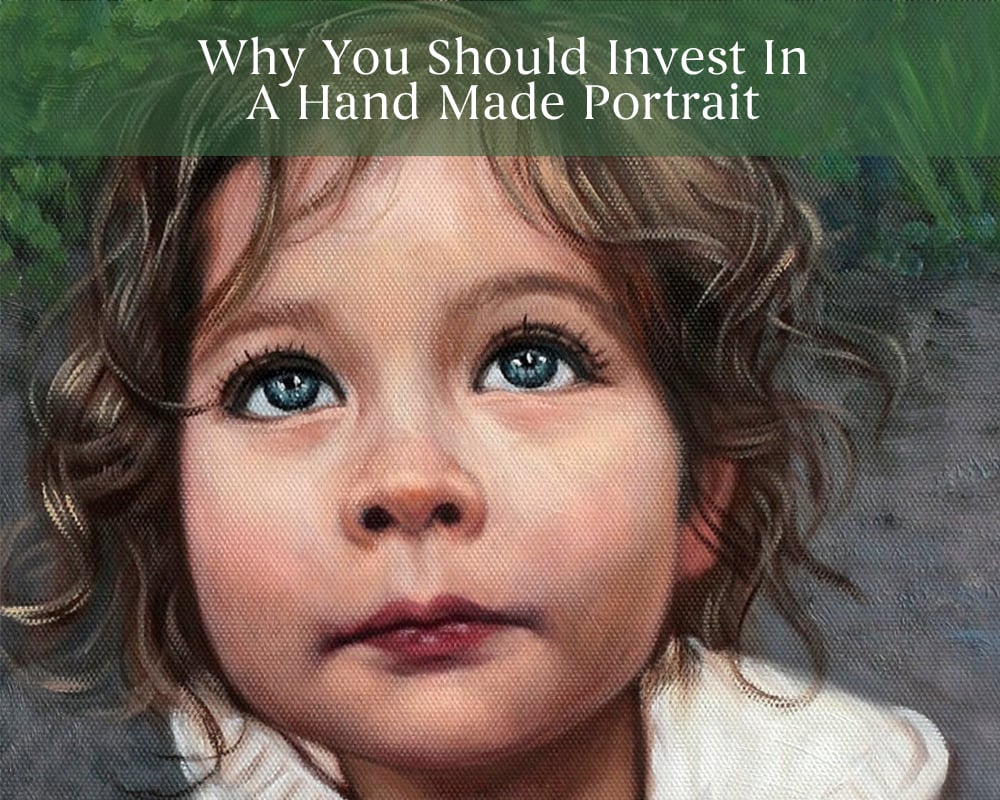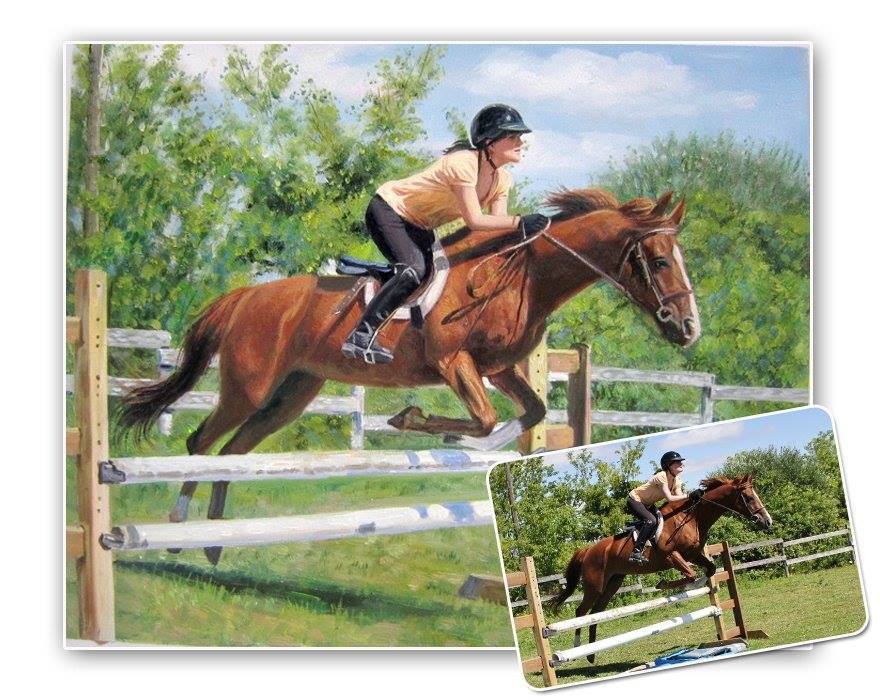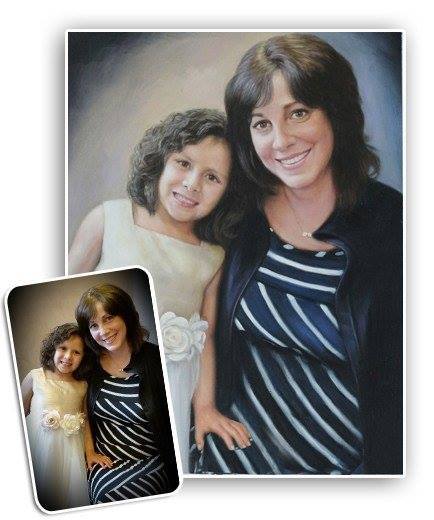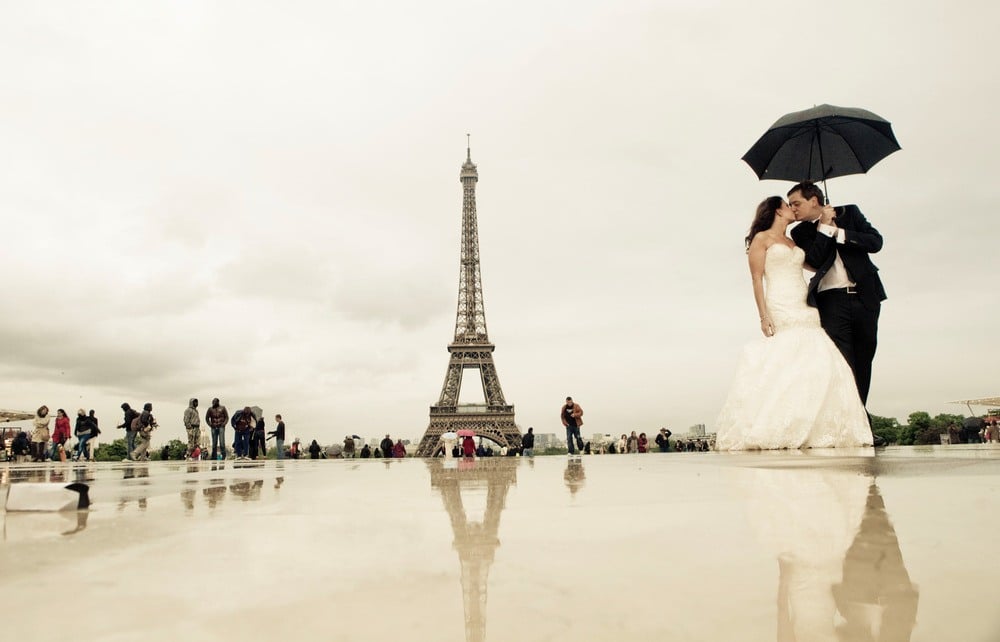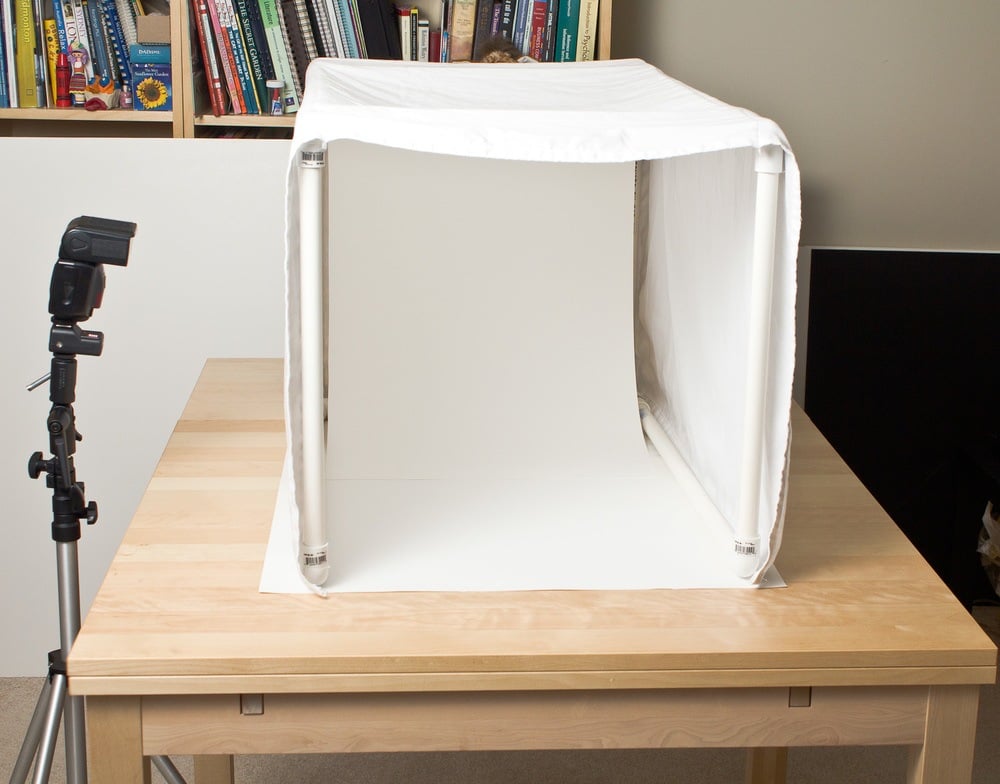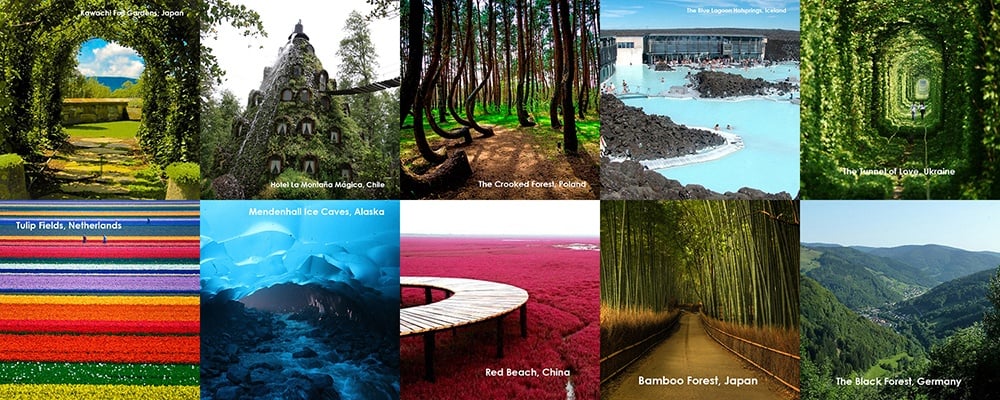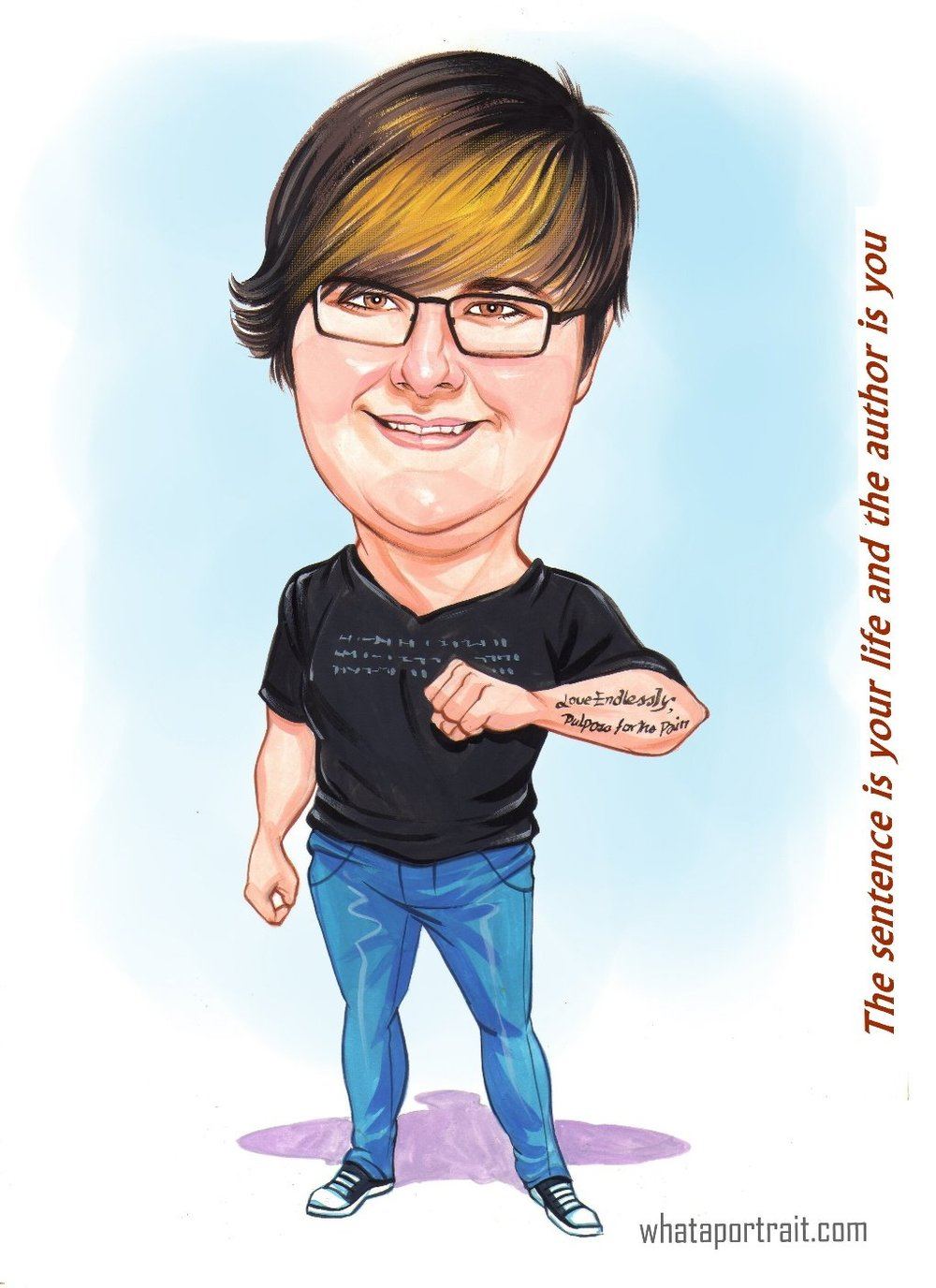Table of Content
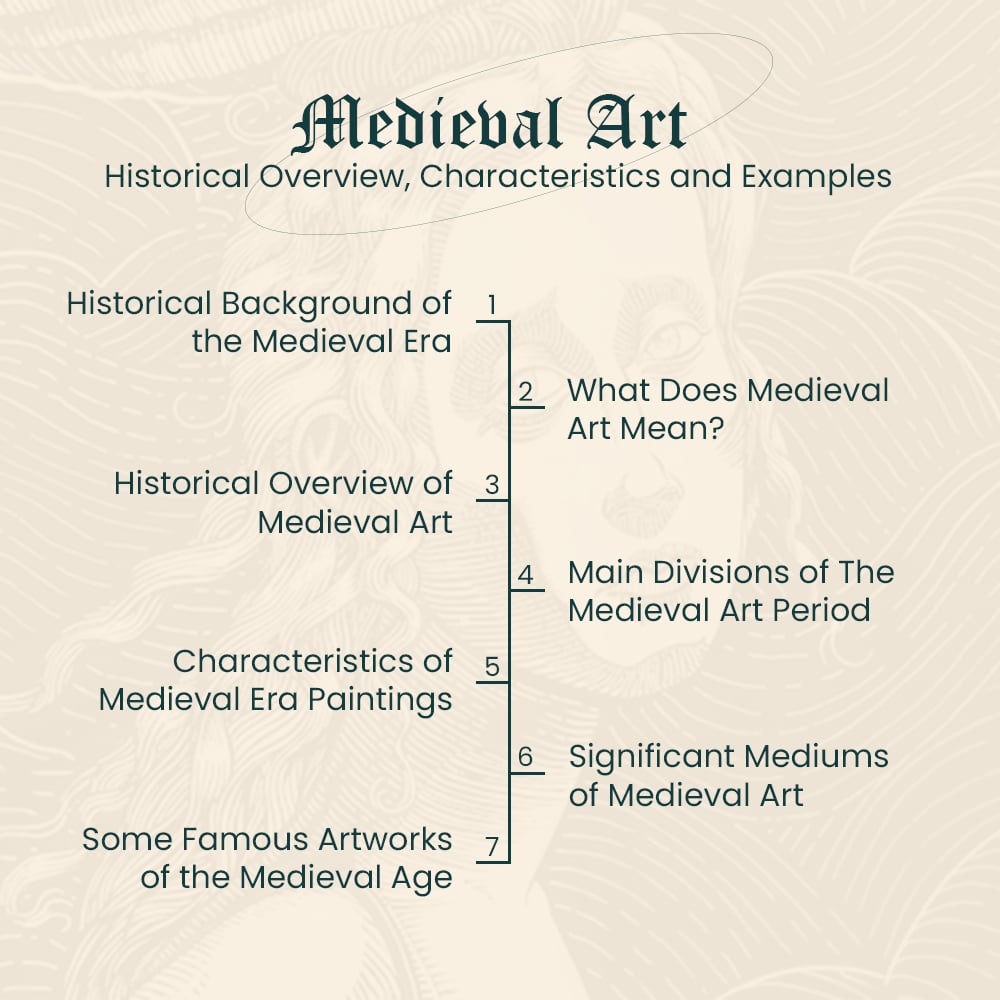
An age of art and cultural fusion, the Medieval era comprises over thousand years of art history. Some historians regard the Medieval era as a dark age in European history. In contrast, others considered it an era that formed the base of the Renaissance period.
While many of us know much about the Renaissance Age, we are yet to understand what gave rise to it. Despite its significance, the common masses are yet to discover Medieval art in its full glory. So, let's delve deeper into this article to explore more about the Middle Ages and Medieval art.
Historical Background of the Medieval Era
The loss of power from the Roman emperors' hands led to the beginning of the Medieval Era. The Medieval Age encompasses the centuries between the fall of the Western Roman Empire and the rise of the Renaissance. The Middle Ages was an influential period of art history between the 5th to 15th centuries.
Historians further divided the Middle Ages into three periods:
1) Early Middle Ages
The Early Middle Ages lasted between the 5th and 10th centuries. It saw a decline in population, increased migration, and a decline in trade. The effects of the crisis of the Roman Empire were visible among the people. The lack of communication systems made it difficult to exchange views and ideas.
2) High Middle Ages
The High Middle era lasted from the 11th to 13th centuries following the Early Middle Ages. Urbanization and population growth brought a social and political shift in the society. The emergence of various art styles led to cultural and artistic developments.
3) Late Middle Ages
The Middle Ages preceded the Renaissance period in the early 1500s. The constant calamities, famines, and wars marked the end of the Middle Ages. There was a loss of gained new knowledge and information. Despite the crisis, it was a time of progression in medieval art and culture. The Late Middle Ages paved the way for the reformation and revival of the society.

Credit: International School History
What Does Medieval Art Mean?
Medieval art emerged from Northern Europe after the crisis of the Roman Empire. It extended to the Middle East and North Africa over the years. Medieval art blended the Romans' artistic heritage and the Catholic churches' iconography.
The artwork during the Middle Ages inspired and influenced Renaissance-era artists. Art styles, phases, and movements varied from region to region during the Middle Ages. The three most significant art periods were the Byzantine, Romanesque, and Gothic periods.
Art historians regarded the Middle Era achievements as an inspiration for Western art. Medieval art evolved around biblical concepts, catholic mythology, and human experiences. The churches, cathedrals, monasteries, and other sacred places predominantly featured these artworks. The diverse artistic mediums used were sculptures, frescos, mosaics, stained glasses, and more.
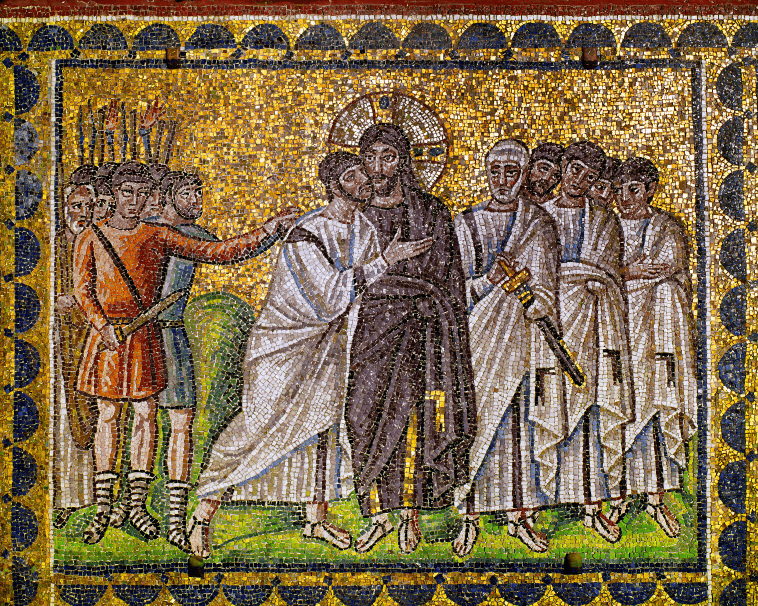
Mosaic of Judas Betrayal

The Pieta
Credit: Bowdoin
Historical Overview of Medieval Art
After the dissolution of the Roman Empire in 476 A.D., the emergence of Medieval art was a time of art revolution. The Medieval art period, lasting over ten centuries, was a vast era that formed Europe’s art history. The Middle Ages covered diverse art movements, forms, and genres.
During the Medieval period, feudalism was the dominant social structure. In feudalism, nobles and the wealthy dominated and controlled the poor. Two social groups, one with money, power, and status and the other serving the rich, divided the society. The nobles ruled and controlled the lands, whereas the peasants did what the rich ordered.

The Wedding at Cana
Credit: Dreamstime
Religion was the only factor bridging this social distinction. Thus, many people, besides being artists, were monks and priests. Religion was a prevalent subject in Medieval art. The Catholic issues and themes formed the basis of the majority of the artwork.
Another reason why sacred pieces became prevalent during Middle Ages was illiteracy. Illiteracy among people gave rise to the creation of religious paintings. Spiritual and artistic culture communicated and promoted Biblical messages. Priests and monks used illuminated manuscripts with Christian dogmas to teach the masses.
In Medieval art, artists had to represent complex Biblical symbolisms and narratives efficiently. It even resulted in including abstract figures with intricate Catholic stories. So, the artistic works consisted of Christian compositions and themes understandable by society. Medieval art also showcased the people’s social status, education, culture, and standings.
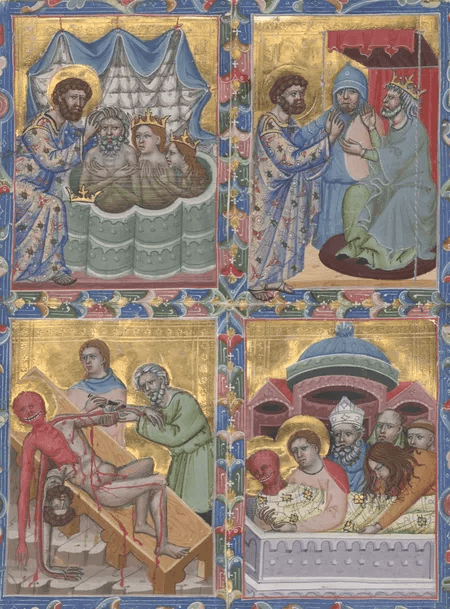
Credit: Artsy

Credit: The British Library
Main Divisions of The Medieval Art Period
The Medieval period lasted hundreds of years and saw different art movements emerging. Artists tried to explore and classify Medieval art. The significant divisions of the Medieval art period that resulted in its remarkable artistic legacy are:
1) Early Medieval Art Period
Early Medieval art prevailed between the 5th to 10th centuries. It was a fusion of art and culture. The Greek-Roman art techniques and the barbarian style of Northern Europe influenced the early Middle Ages. During the Early Medieval art era, wealthy patrons and churches were the sole sources of art funding. They commissioned Christian-themed paintings for social and religious gatherings.
Artists focussed on depicting saints and scenes in early classical art. They promoted the teachings of the bible and dedicated their art to Virgin Mary and Jesus Christ. The artists decked the interiors of the cathedrals with fresco wall paintings and decorative elements. The use of metalwork, ivory carvings, and precious stones embroidery was also dominant.
Sculptures were an essential art medium that emerged during the early medieval art period. Sculptors tried making three-dimensional realistic sculptures that stood out from the backdrop. They even carved complex designs on caskets, books, panels, doors, etc.
Apart from it, the artists also created delicate frescos and mosaics to decorate the domes and walls of the churches. Yet, unlike the Renaissance period, the Medieval era paintings lacked realism and expression. They were dull and flat in style.
Medieval paintings were rare in the early Medieval period. Only a few artists attempted to make realistic portrait paintings.
Thus, classical antiquity inspired early Medieval artists. They tried to create attractive and meaningful art forms.

Vienna Coronation Gospel

Justinian Mosaic Ravenna
Credit: Wikipedia
2) Early Christian Art Period
During the Medieval ages, the stature of religion was higher than humanity. Religion played a vital role in the day-to-day functioning of society. Early Christian art was also known as Late Antiquite art.
Thus, the sacred and spiritual references had a significant impact on Medieval art.
Early Christian art rose to fame after the Roman Empire adopted Christianity as its primary religion. The cathedrals and churches had power and say in the country's political decisions during this era. This influenced the artists to create artwork promoting religion.
Soon after, artists started replicating Christian idols and subjects in their paintings. People abandoned the past cultures and attempted to create images with religious themes. They made printed manuscripts and mosaics with Biblical tales to educate the audience. The use of gold leaf, gemstones, and precious metals was also prevalent while decorating the walls of churches or castles.
Unfortunately, most early Christian artworks could not sustain through time, and very few remain. The remaining Christian-inspired paintings are visible in the architecture of cathedrals and churches across Europe.
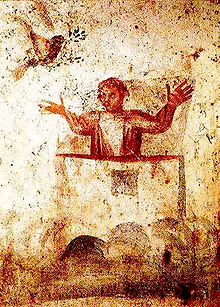
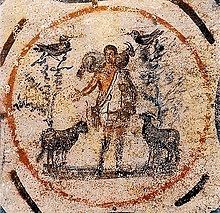
Credit: Wikimedia Commons
3) Byzantine Art Period
Byzantine art prevailed as a primary type of art after the early Christian art era. Developed in Constantinople, the Eastern Roman Empire artists often used Byzantine art. Art historians believe that Byzantium art and culture influenced contemporary states. Byzantine art affected Russia, Serbia, Bulgaria, and some Middle East states.
Byzantine art was a combination of Roman and Oriental art. It revived antique aesthetics and took inspiration from classical art. Panel paintings, wall, and dome decorations marked the beginning of the Byzantine art period. The artists created the finest Middle Ages’ artwork through their flawless craftsmanship and talent. Artists gave importance to the creation of frescos and mosaics.
These artworks focussed on the traditional representation of Christian theology and biblical teachings. The artists concentrated on converting religious themes into paintings. They devoted most of their artwork to the Blessed Virgin Mary and Jesus Christ. An example of Byzantine style painting is ‘ Madonna and Child,’ by Buoninsegna.
Despite its significance, Byzantine art lacked realism and naturalism. The subjects were abstract, elongated, and disproportionate. The paintings were flat, grim, shadowless, and expressionless. Artists concentrated on symbolism instead of realism.
The architectural aspect of Byzantine is symbolic of the magnificence and grandiosity. The architecture depicted the brilliance of the designers, artists, and builders. The Ottoman Turkish invasion of Constantinople in the 1400s led to the decline of the Byzantine art period. It destroyed most Byzantine artwork, leaving back a few architectural creations.
One remarkable example of Byzantine architecture is the ‘Hagia Sophia,’ a mosque in Istanbul, Turkey. Another example is ‘Basicilia of San Vitela,’ a church in Ravenna, Italy.

Madonna and Child
Credit: The Artist

Basilica of San Vitela
Credit: Ravenna Turismo
4) Romanesque Art Period
In 1000 A.D., the Romanesque art period came after the advent of the pre-Romanesque era. Influenced by Byzantine and Roman art, Romanesque stayed until the rise of the Gothic art era. The Romanesque art style originated in France and spread to Italy, England, Germany, Spain, Flanders, and other countries.
The main motive of Romanesque art was to preserve and focus on religion and Biblical teachings. The artwork wanted to chronicle the main events of Christianity and the influential religious leaders.
The main Romanesque art mediums included:
- illuminated manuscripts,
- stained glasses,
- ivory work,
- metalwork,
- murals,
- panel paintings,
- and frescos on walls and domes.
The architecture of the Romanesque art period was magnificent and grand. The structures had thick walls, vaulted roofs, decorated ceilings, and semi-circular arched windows. The simplicity of buildings and constructions represented the simple life of the artists.
The sophisticated architectural designs reflected Roman culture as they influenced the artists. There was a massive increase in the number and sizes of churches and cathedrals in the Romanesque art period. The artists mastered engraving biblical scenes on buildings. They even learned how to carve figures from religious books.
Art historians believe that the art and architecture of the Romanesque period led people to the path of learning. The creations were an excellent source of learning for future generations. People understood a lot about the life of Christ, events of history, etc., through these artworks. Some famous Romanesque artwork is ‘ Apse of Sant Climent’ by Taull, ‘ Basilica de San Isidoro,’ etc.

Apse of Sant Climent

Basilica de San Isidoro
Credit: Wikimedia Commons
5) Gothic Art Period
In the 12th century, the Gothic period succeeded the Romanesque era and lasted 200 years. The Gothic art period began when society was moving towards revival and rebirth.
The Gothic art period spread among European cities in the last phase of the Medieval art age. According to art history, the Gothic era began with the renovation of the Abbey Church of Saint-Denis in France. The age brought a revolutionary change in art history with the rise of modern artists.
The Gothic artists used brighter colors and started making much more realistic artwork. Using shadows, lines, perspectives, and dimensions brought a refreshing change in the art world. The artists experimented with new techniques to create natural and lifelike paintings. They even explored ways to make iconic sculptural elements.
Religious themes, like Christ’s sufferings and gospel teachings, became secondary. Other subjects like human experiences, animals, and classical mythology gained importance.
The most significant reason that brought a shift in the art world was the reformation of Western Europe. The expansion of cities, the rising trade and commerce, and the changing mentality of people led to growth and development. Humans became interested in discovering and enjoying earthly life.
People started commissioning artwork with subject matter other than religious themes and subjects. The change allowed the artists to experiment with non-religious topics. They attempted to make paintings relevant to human life. Gothic architecture brought radical advancements to buildings and structures.
But, with the rise of the Renaissance, Gothic art faded and merged with Renaissance art to bring another wave of drastic change.

Credit: Medieval History
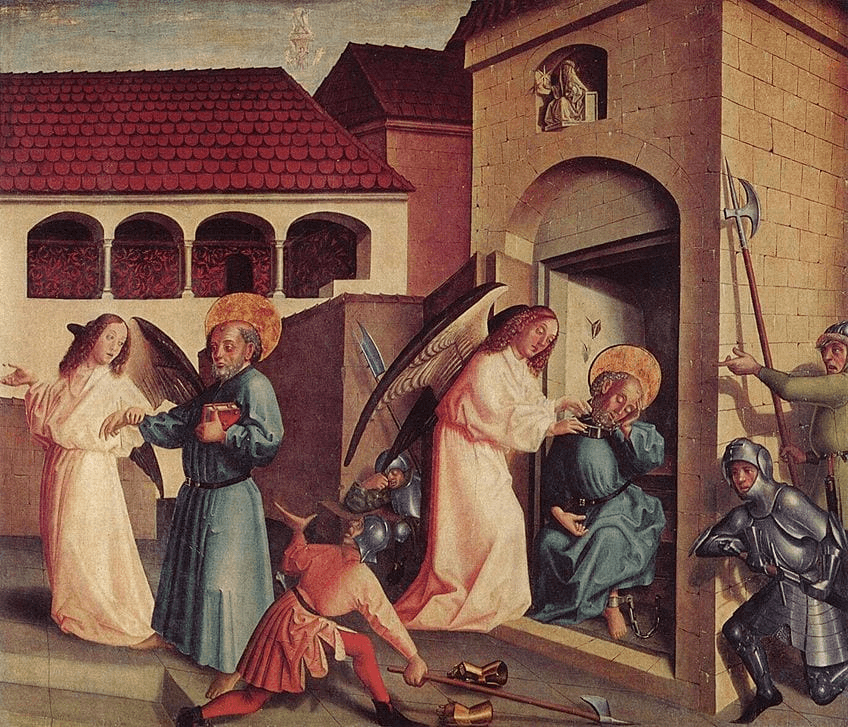
Credit: Art in Context
Characteristics of Medieval Era Paintings
Medieval art spread across Western Europe, the Middle East, and Northern Europe. Like any era, Medieval paintings also had a distinct artistic style and features. So, let us understand the dominant characteristics of art:
1) Religious Iconography with Elaborate Patterns
A common characteristic prevalent among Medieval-era artworks was religious iconography with elaborate patterns. Iconography refers to symbols or signs that depict a complex idea. Patterns in a painting highlight a meaningful repetitive action with hidden meaning.
Different interpretations of various biblical figures and symbols from religious history were critical in medieval art. Many artists used elaborate patterns with Christian iconography to explain their paintings. Christian iconography describes the symbolic representation of God, the holy spirit, saints, etc.
Some symbols of Christian iconography used in Medieval paintings are:
- Fire, light rays, or wind symbolize the Almighty.
- A lamb or a fish often represents Jesus Christ and his love.
- Crucifix, the holy cross with Jesus Christ, depicts Catholicism.
- A dove represents the holy spirit from heaven or an individual’s soul.
- Lilies in a vase or water portray the purity and spirituality of the Virgin Mary.
- A candle that removes the darkness is symbolic of the presence of God.
Likewise, patterns were also prominent during the Medieval art period. Ornate prints and designs in bright colors were popular. The backgrounds of frescos, stained glasses, or mosaics generally had some impressions. The most common ones were geometric designs, interlacing patterns, and botanical motifs.

Credit: Wikipedia
2) Religious Themes
Religion became the foundation of human existence with the advent of the medieval era. Art and architecture of the Medieval period centered around Christian theology. Artists solely focused on representing the holiness of God.
Christian subjects were the common source of inspiration for all art persons. Middle-age artwork represented humans as dull, firm, and unemotional. The paintings concentrated on biblical themes and religious stories of churches.
Holy and spiritual learning dominated society. People believed only in God and life after death. The church commissioned works that illustrated the sacred teaching of the Bible. Monks and priests used the printed illuminated scripts to pass instructions to the illiterate masses.
Spiritual themes and religious idols dominated medieval artwork. The main reason was that the churches were the prime funding source for the paintings and sculptures. Wealthy patrons who commissioned artists were more concerned about glorifying God. They did not care about the aesthetic appeal of art pieces.
But, the situation changed with the arrival of the Gothic art period after the Romanesque era. People started giving equal importance to life on earth as they gave to religion and God. The artists focused on themes like humans, animals, and mythical stories. They kept religious matters secondary.
3) Symbolic Use of Colors
Colors play a significant role while making any artwork. Each tone represents a unique characteristic, trait, or attribute. In the same way, every color in medieval art was a part of symbolic expression.
The majority of the paintings in the Medieval art period featured Christian subjects and themes. So, using colors according to religious compositions was necessary. White represents purity and peace, whereas red symbolizes divine love and charity. Blue expresses hope and sincerity, while green stands for generosity and growth.
In Medieval paintings, the Virgin Mary’s clothes are mostly blue as it symbolizes purity and hope for humanity. The white robes of prophets, Christ, and newly baptized people represent innocence and virtue. Likewise, the blue color signifies heaven and the divinity beyond earth.
Different colors, like golden, green, brown, etc., describe diverse aspects of theology. Thus, medieval artists used precise colors to express the essential character of the religious subject.

Wilton Diptchy
Credit: Blogger

Cruxification of Christ
Credit: The Metropolitan Museum of Art
3) Lavish Use of Precious Materials
Middle-age paintings varied in style, but a few factors were common. A common feature of Medieval art was the splendid use of precious materials to make decorative art. The usage of valuable stones was constant in every Medieval art form.
Medieval painters used an imprinting technique named tooling. In tooling, artists imprinted elaborate decoration elements, especially gold, on the paintings’ backgrounds. Most illuminated manuscripts had book covers adorned with prized jewels, metals, and ivory.
One example of using precious materials is that Medieval artists used bright colors in most paintings. The artists used powdered Lapis Lazuli, a semi-precious stone, to create a deep marine blue color for their artworks.
The jewel-studded cover of the gospel ‘Codex Aureus of St. Emmeram’ is one of the finest examples of precious metalwork in medieval art.

Codex Aureus of St. Emmeram
Credit: Wikipedia
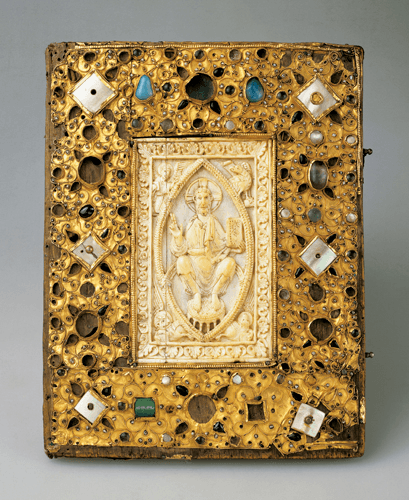
Credit: Patrica Lovett
Significant Mediums of Medieval Art
Over a thousand years, many medieval artists experimented with and explored diverse art mediums. Artists created masterpieces using different art forms, techniques, and mediums.
Although popular, fresco wall paintings and metalwork only survived for a few years. Some art mediums existing to date are sculptures, illuminated manuscripts, stained glasses, etc.
Let us analyze the different artistic mediums and their features used during the Medieval period:
1) Medieval Paintings
The Bible's teachings were the primary focus of most Medieval art. During the early stages of the Middle age, artists dedicated most of their paintings to the Mother Mary and Jesus Christ.
Yet, unlike the Renaissance era, Medieval paintings lacked emotions and expressions. Artworks represented unrealistic, flat, and dull faces of human beings. The body of people was disproportionate, with no idea of perspectives and lines.
The artists also did not attempt to make portraits in the early Medieval era. But this changed with the emergence of portrait paintings in the late middle ages.
A notable religious painting of the Medieval period was ‘The Last Supper’ by Giotto di Bondone. ‘The Last Supper,’ painted in 1306, depicted Christ surrounded by his twelve apostles. ‘Santa Trinita Maesta’ by Cimabue, ‘The Wilton Diptych’ by Wilton Master, etc., are other famous Medieval paintings.
But, during the Gothic art period, artists began to exclude religious themes. They started focusing on themes like mythology, human experience, and animals. The artists even began creating paintings that were lifelike and focused on realism.

The Last Supper by Giotto
2) Mosaics
Mosaics were prevalent among the artists of the Medieval era. They were prominent in the designs of Catholic churches, mausoleums, and other structures. Mosaics are pictures created using little pieces of colored glass or stones called tesserae. Held together by plaster or mortar, artists use mosaics to decorate walls, etc.
Medieval mosaics are brighter in color, in contrast to the ones made during the Roman art era. The Roman artists used stones, while the Medieval artists used bright-colored glasses or gold tesserae to make mosaics.
During the Middle Ages, artists mostly used mosaics on the walls of the ceilings of churches. The Byzantine artists made their type of mosaics of marble in different shapes and sizes to make floor coverings.

Credit: Medieval Mosaics

Credit: Wikipedia
3) Medieval Sculptures
Medieval artists often created statues for state buildings and cathedrals. The sculptures showcased the beauty of the messages from the Holy Bible. Sculptors made sculptures of Jesus Christ, Mother Mary, and Saints since religious subjects were the inspiration for art creation. The sculptures displayed famous biblical scenes like the life of Christ, his crucifixion and resurrection, Genesis, etc.
The use of metalwork, ivory carvings, and enamels made the style of statues bold and unique. These sculptures added to the magnificence of the exteriors of churches or buildings. Realist sculptures with three-dimensional ratios emerged during the Medieval era.
Artists even used ivory carvings with bronze castings to enhance the beauty of the sculpture. Some notable examples of Medieval sculptures are the Virgin and Child, Pieta, Chartres Gothic Cathedral, etc.
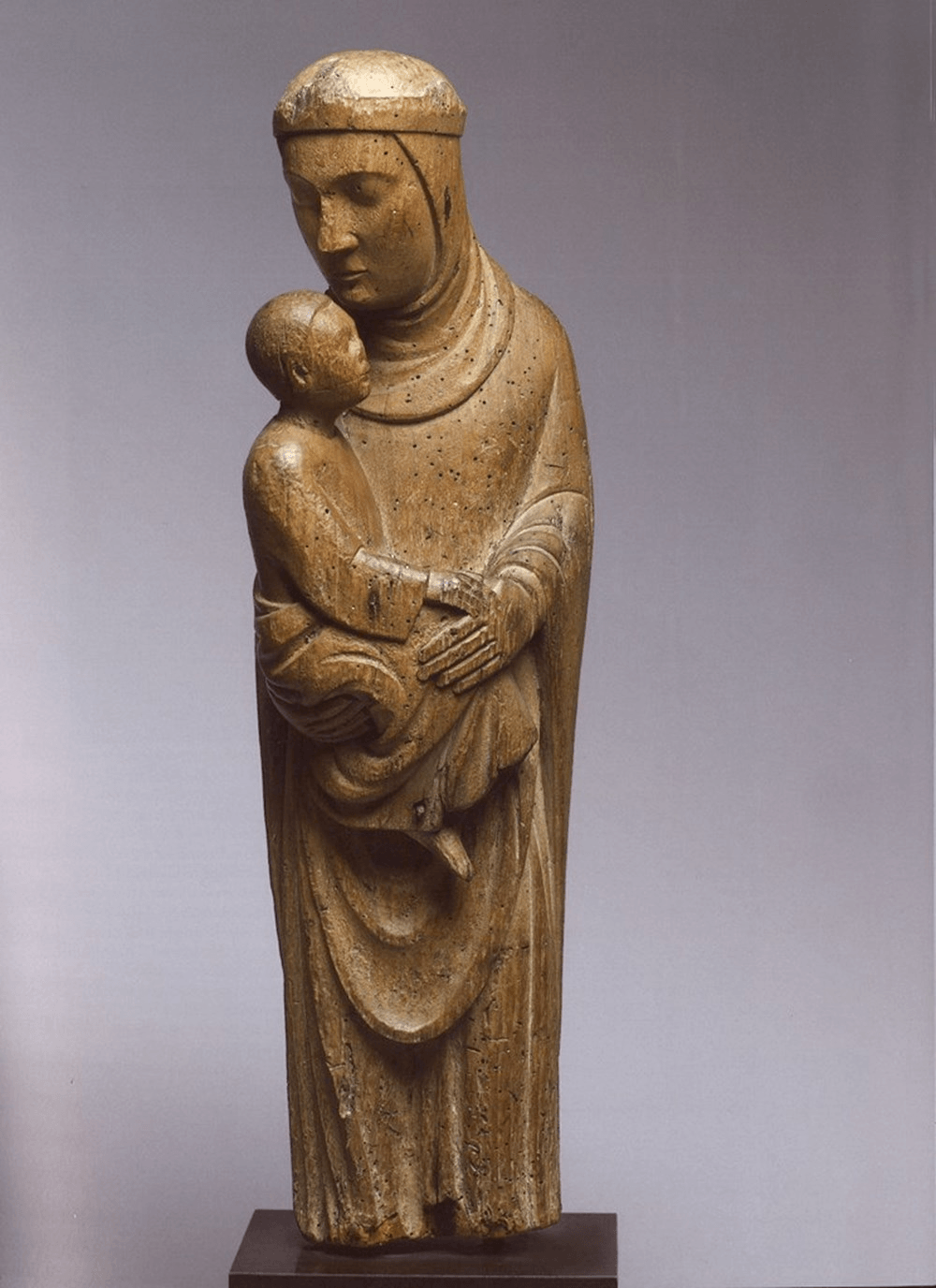
Virgin and the Child
Credit: The Church Times
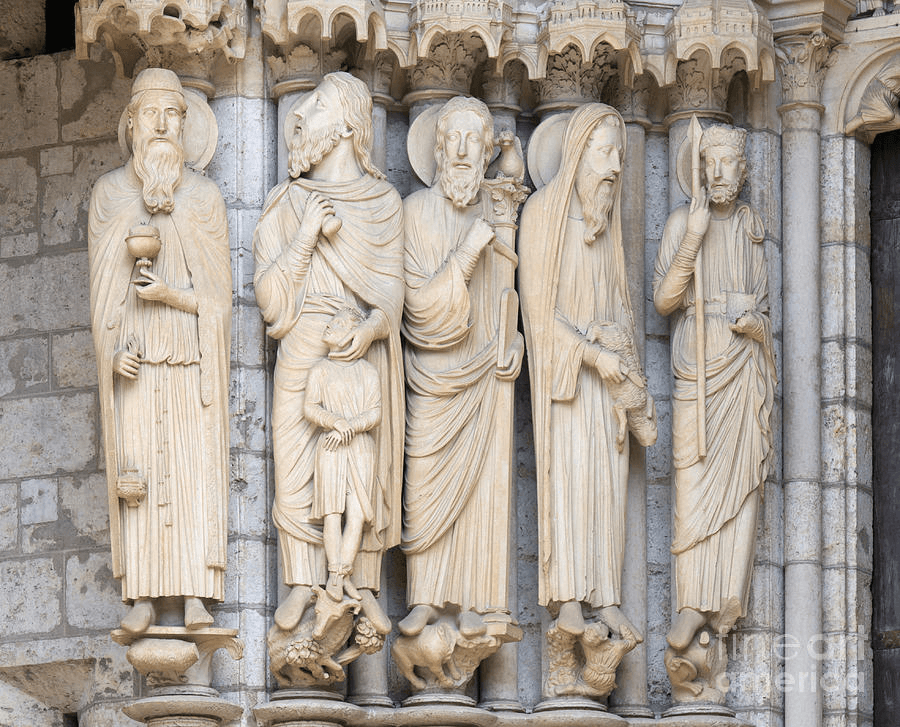
Chartres Cathedral Statues
Credit: Fine Art America
4) Illuminated Manuscripts
Most illuminated manuscripts that survive to date come from the Middle Ages. An illuminated manuscript features text supplemented by borders and creative miniature illustrations. The Roman Catholic churches used these manuscripts to pray or teach the messages of the Holy Bible.
The making of illuminated manuscripts was lengthy, complicated, and expensive in the Medieval Age. The process began by writing text on the sheets of parchment paper. After writing the content, the planning stage of decorating the blank spaces began.
In the final step, artists painted small pictures and used valuable and precious materials like gold to adorn the manuscript. After decorating the pages, people bound them into books.
As illuminated manuscripts flourished, a new and unique style emerged as a historiated letter. A historiated letter was an enlarged decorated letter. Artists usually used it at the start of a paragraph or other text sections which contained pictures. The Insular art period first saw this style of illuminated manuscripts.
In the late Medieval period, portraits emerged among artists. Miniature portrait paintings for illuminated manuscripts became famous in society.
After the 13th century, people began using illuminated manuscripts for creating clerical documents. Some examples are law papers, charters, deeds, enrolled bills, etc. The finest examples of adored illuminated manuscripts are ‘Rossano Gospel’ and ‘Codex Argenteus.’

Book of Hours

Rossano Gospels
Credit: Wikipedia
5) Stained Glasses
Stained glasses were another predominant art form during the Medieval period. Stained glass refers to the colored glass of windows that allows light into the buildings. Artists created this art form by blending sand and wood ash before melting it into a liquid to mold it into a glass. The artisans added powdered metals to the glass before it hardened, giving it a beautiful color.
The color of the glass depended upon the type of stain and the mixed ingredients. Creating stained glass was a long and time-consuming process requiring much effort. The artists had to arrange the mirrors in the desired order before finalizing the design. They even gave hand-painted final touches to enhance the beauty of stained glasses.
Religion was a prevalent subject during the Medieval art era. Thus, the artists adorned the cathedrals' windows with stained mirrors of religious idols and scenes.

Credit: Loyola University Maryland
6) Frescoes
Fresco wall paintings are a type of mural painting where artisans apply water pigment to the wet plaster. Usually painted on walls, frescos are a seamless merger of wet lime and paint. Once the pigmentation dries out, it forms a permanent print on the wall.
Frescos were quite famous during the late Medieval and Renaissance ages. Artists made fresco wall paintings in churches on demand of the commissioning authorities.
Some of the significant frescoes are Giotto’s fresco at Scrovegni Chapel, Padua, Leonardo Da Vinci’s ‘The Last Supper’, or Michaelangelo’s ‘Creation of Adam’ in Sistine Chapel.

Aula Gotico
Credit: The Spectator
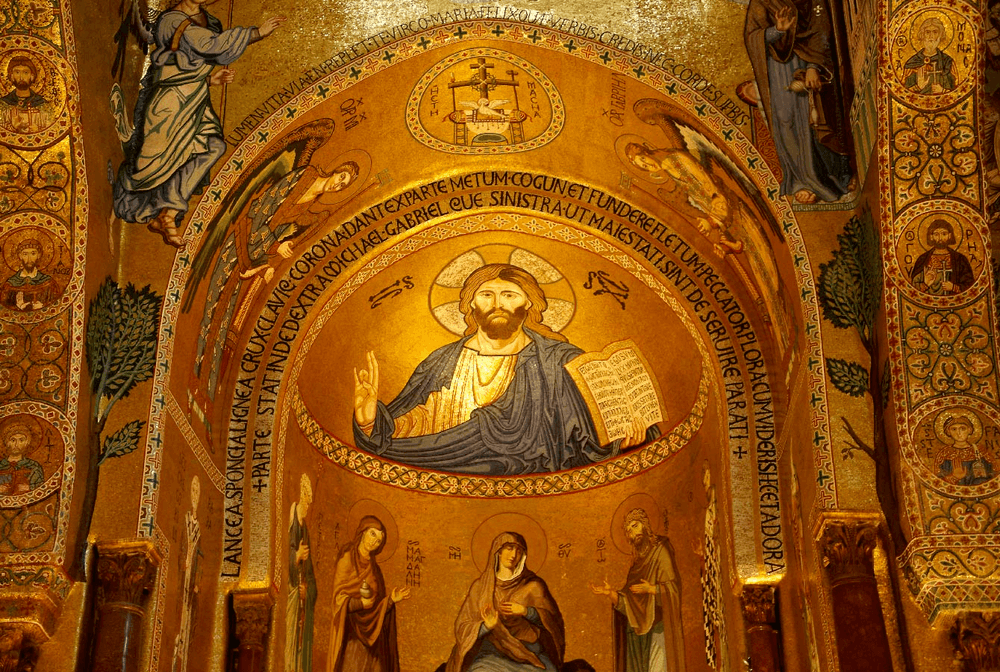
Fresco of Palatine Chapel
Credit: Invaluable
Some Famous Artworks of the Medieval Age
1) Hagia Sophia
‘Hagia Sofia’ is one of the greatest examples of Byzantine architecture in Istanbul, Turkey. It is one of the largest churches constructed during the Eastern Roman Empire. Over the years, ‘Hagia Sophia’ carried the title of a church, a mosque, and a museum.
Built in 567 A.D., under the direction of the then-Byzantine emperor Justinian I, ‘Hagia Sophia’ was a Greek Christian church. In the 15th century, the fall of Constantinople led to the conversion of the church into a mosque. In 1453, when the Ottoman Turkish Empire invaded Constantinople, they transformed the ‘Hagia Sophia’ from a church to a mosque.
After the invasion, the then-Ottoman ruler, Sultan Mehmed II, instructed the members of his empire to convert the church into a mosque. During the conversion, people noticed the removal of bells, altars, wall paintings, and baptisteries. According to art historians, Mehmed II never directed the removal of the mosaic of Jesus and Mary. But, while praying, Islamic people covered those mosaics with curtains.
The Islamic architectural additions to ‘Hagia Sophia’ included four minarets, a mihrab, and a minbar. A mihrab is a niche in the mosque's wall, and a minbar is a podium where the Islamic leader stands to deliver sermons.
‘Hagia Sophia’ remained a mosque till 1931. After four years, in 1935, the Turkish Republic gave ‘Hagia Sophia’ a museum status. The officials retrieved all old Christian and Islamic art forms in those four years. The authorities reopened the museum for public viewing following all the renovations.
In 2020, the Council of State reversed the 1935 decision, and ‘Hagia Sophia’ regained its mosque status. Many organizations opposed this controversial decision of the leading authorities. Some of them were UNESCO, The World Council of Churches, and the International Association of Byzantine Studies.
This major historical religious and cultural site influenced Christianity and the Islamic world. ‘Hagia Sophia’ became famous for its finest structural design and rich mosaics. Today, ‘Hagia Sophia’ is an acclaimed UNESCO World Heritage Site.

Credit: Unesco.com

Credit: Archinect
2) Notre Dame de Paris
A testament to faith and belief, ‘Notre Dame’ is a Medieval church on the Seine River island in Paris. ‘Notre Dame’ Cathedral celebrates the iconic Gothic architecture of the Medieval ages. Constructed between the 12th and 14th centuries, it is a tribute to Virgin Mary.
‘Notre Dame de Paris’ has a special place in the heart of its viewers because of its magnificent artwork. The cathedral’s captivating stone carvings, stained glasses, and spires of a height of over 100 meters have charmed millions of people. People across the globe visit the cathedral’s iconic structural elements, rib vaults, and flying buttresses.
Commissioned by Kind Louis VII, ‘Notre Dame’ symbolized Paris’s religious, political, cultural, and social power. The French saw countless historical wars, revolutions, and movements during its creation. Historians consider ‘Notre Dame’ cathedral as one of the highly-priced artworks of the Medieval era.
‘Notre Dame de Paris’ even houses religious antiques like the Crown of Thrones, believed to have been worn by Jesus during his crucifixion. In 1991, UNESCO gave ‘Notre Dame de Paris’ the status of a World Heritage Site.
Unfortunately, in 2019, a fire broke out and surrounded Notre Dame. The accident did massive damage to ‘Notre Dame’s’ building and the iconic spires. After the incident, the French government said France would rebuild Notre Dam within five years. Despite the challenges, Notre Dame continues to celebrate the spirit of Paris.

Credit: Wikimedia Commons
3) Palatine Chapel
The Palatine Chapel of Aachen, Germany, is the only part of Charlemagne’s Palace of Aachen left. Built between 790 and 805 A.D., Palatine Chapel is a medieval chapel that now forms part of the Aachen Cathedral. Pope Leo III consecrated the chapel in honor of Mother Mary in 805 A.D.
The architect, Eudes of Metz, took inspiration from the Classical, pre-Romanesque, and Byzantine art styles. After exploring those art styles, he made this exemplary artwork of the Medieval era. Known Palatine Chapel was the masterpiece of Carolingian architecture. It also had notable Gothic style elements.
Palatine Chapel is a central domed chapel. It has a square apse at the east with two basilica structures. Though those basilica structures are now lost, the chapel partly survives. The artists used to decorate the chapel's ceiling with frescos and mosaics in the past. But they got damaged over time. Palatine Chapel also gained UNESCO’s World Heritage Site status, like many other medieval structures.

Credit: Wikipedia
4) The Lindisfarne Gospels
‘The Lindisfarne Gospels’ is an illuminated manuscript gospel book. It is one of the most significant examples of Medieval art forms. This manuscript, created in the Lindisfarne monastery , features a unique Insular art style.
‘The Lindisfarne Gospel’ is a blend of four Christian gospels, John, Matthew, Mark, and Luke. Saint Eadfrith, the Bishop of Lindisfarne, composed it between 715 to 720 A.D.
The manuscripts recollect the incidents and events in the life of Jesus Christ. Today, ‘The Lindisfarne Gospels’ is a part of the collection of the British Library in London. People from all across the globe come to see these ancient gospels.

Credit: Wikipedia

Credit: World History
Conclusion
The end of the Medieval era symbolized the beginning of a new Renaissance age. Middle Ages paintings left a remarkable artistic legacy behind them. Medieval artists experimented with various genres and widened their art knowledge. It gave a foundation for many art forms to work with and progress.
Medieval art's religious and aesthetic values had a crucial impact on the world. The excellence and brilliance of the Medieval artist stood the test of time. Even today, the world cherishes and acknowledges the work of the Medieval art period.

